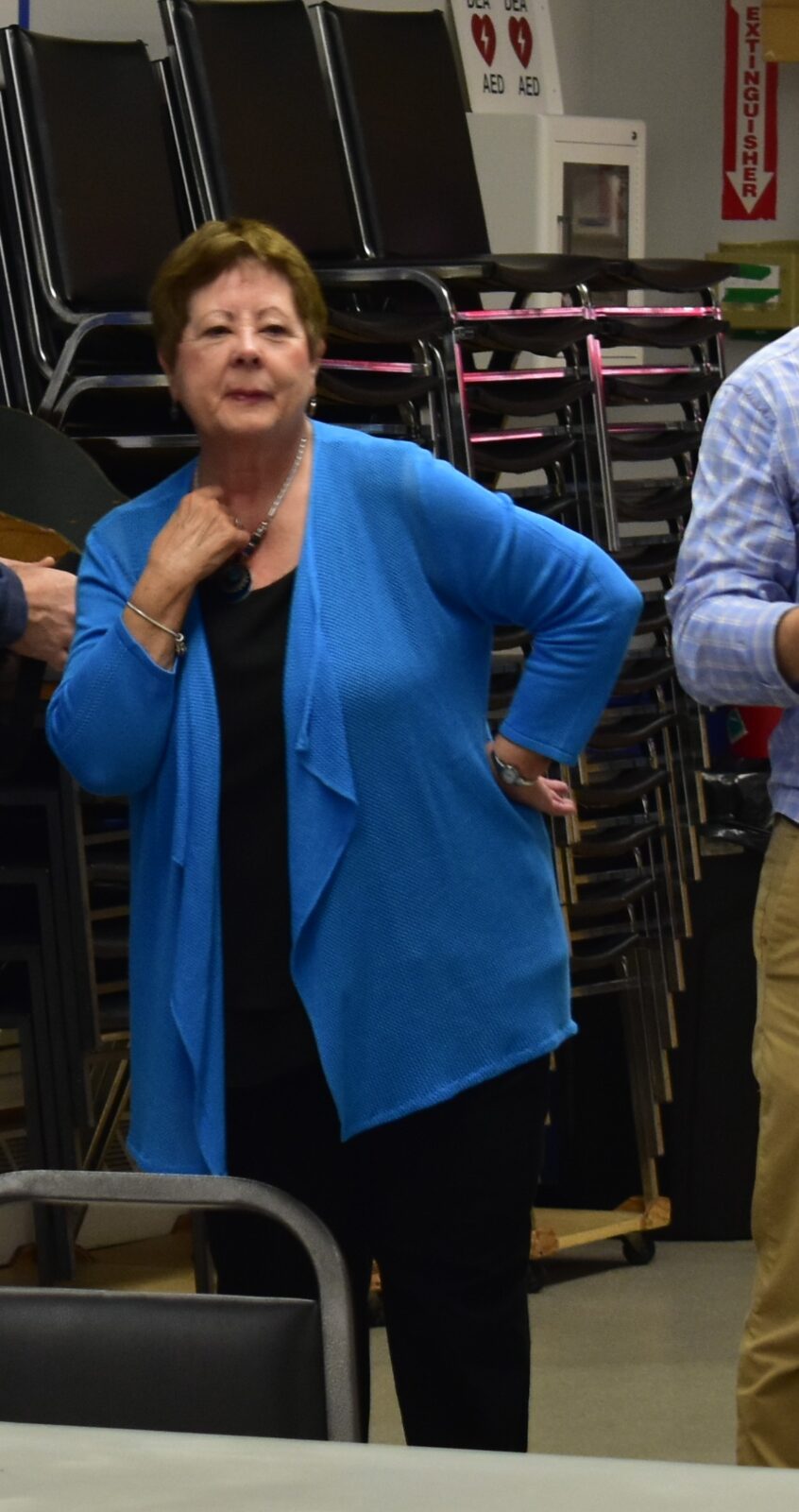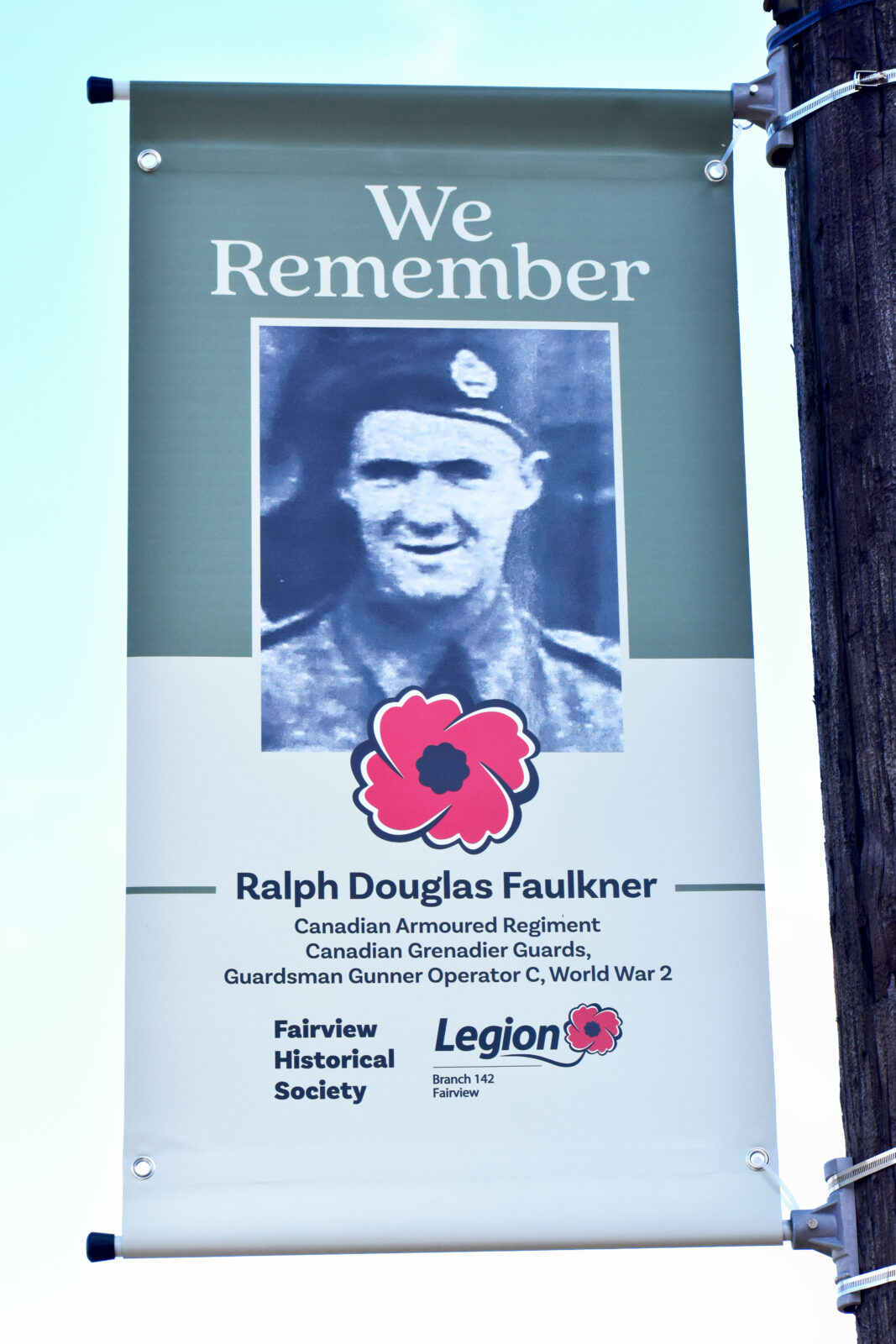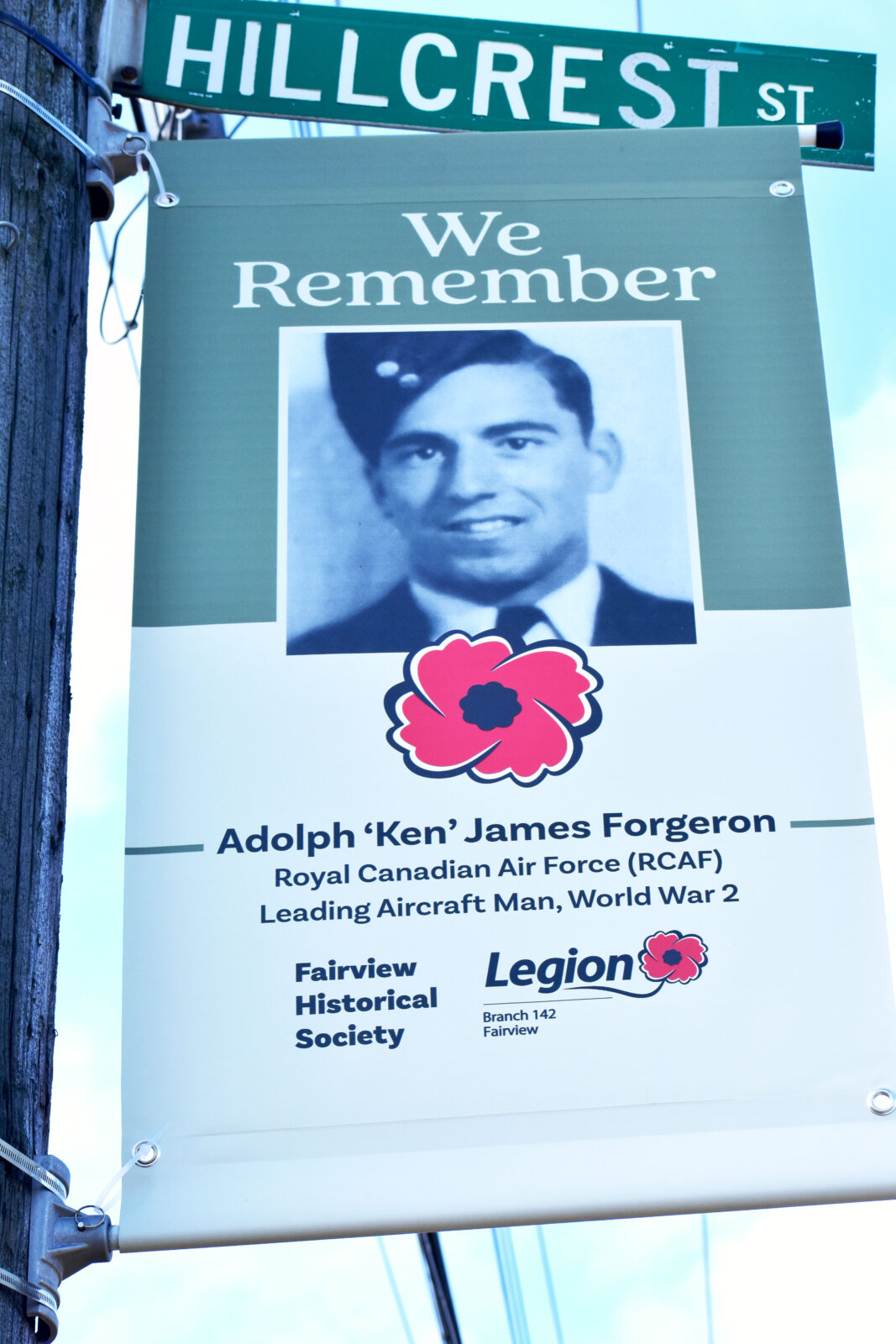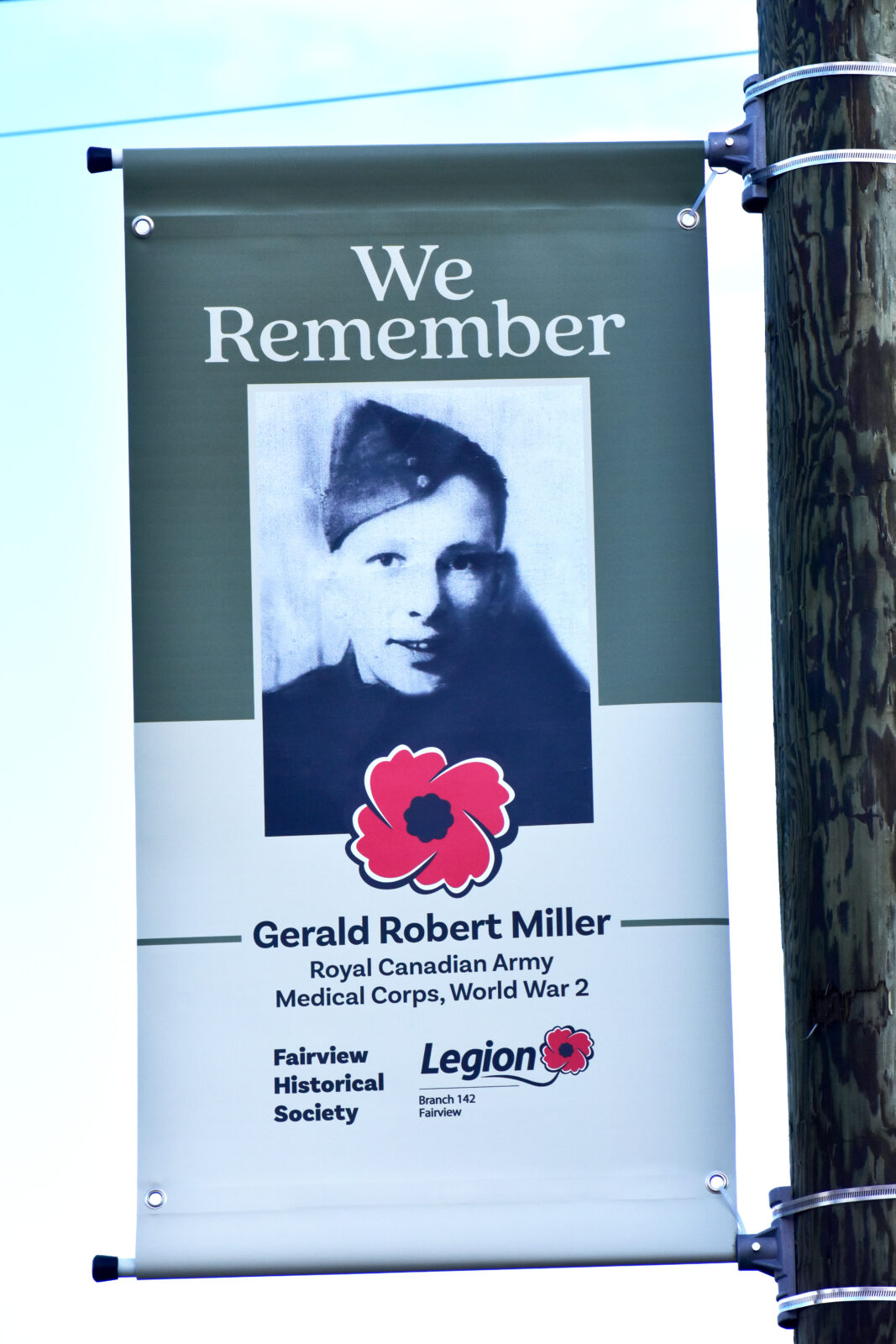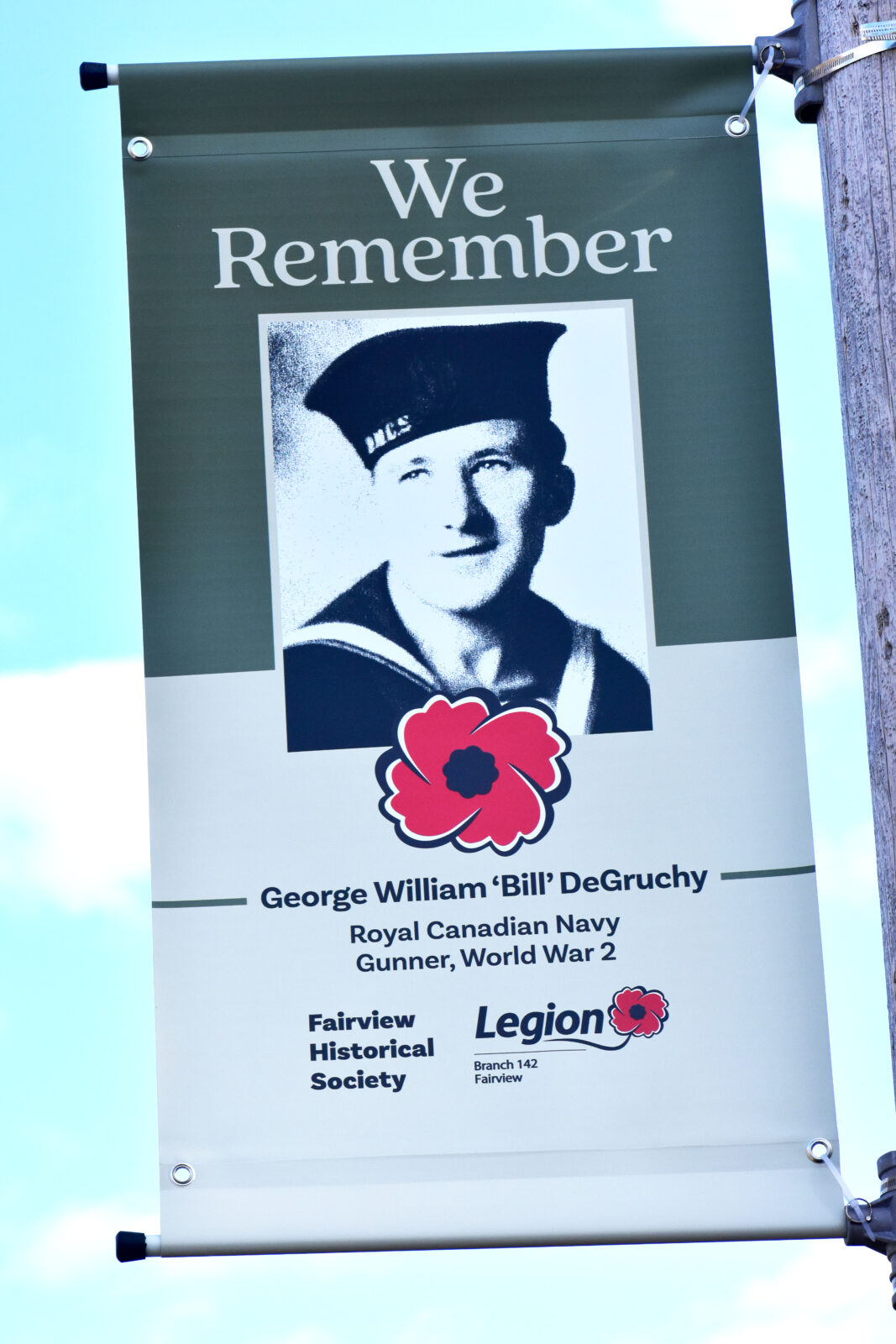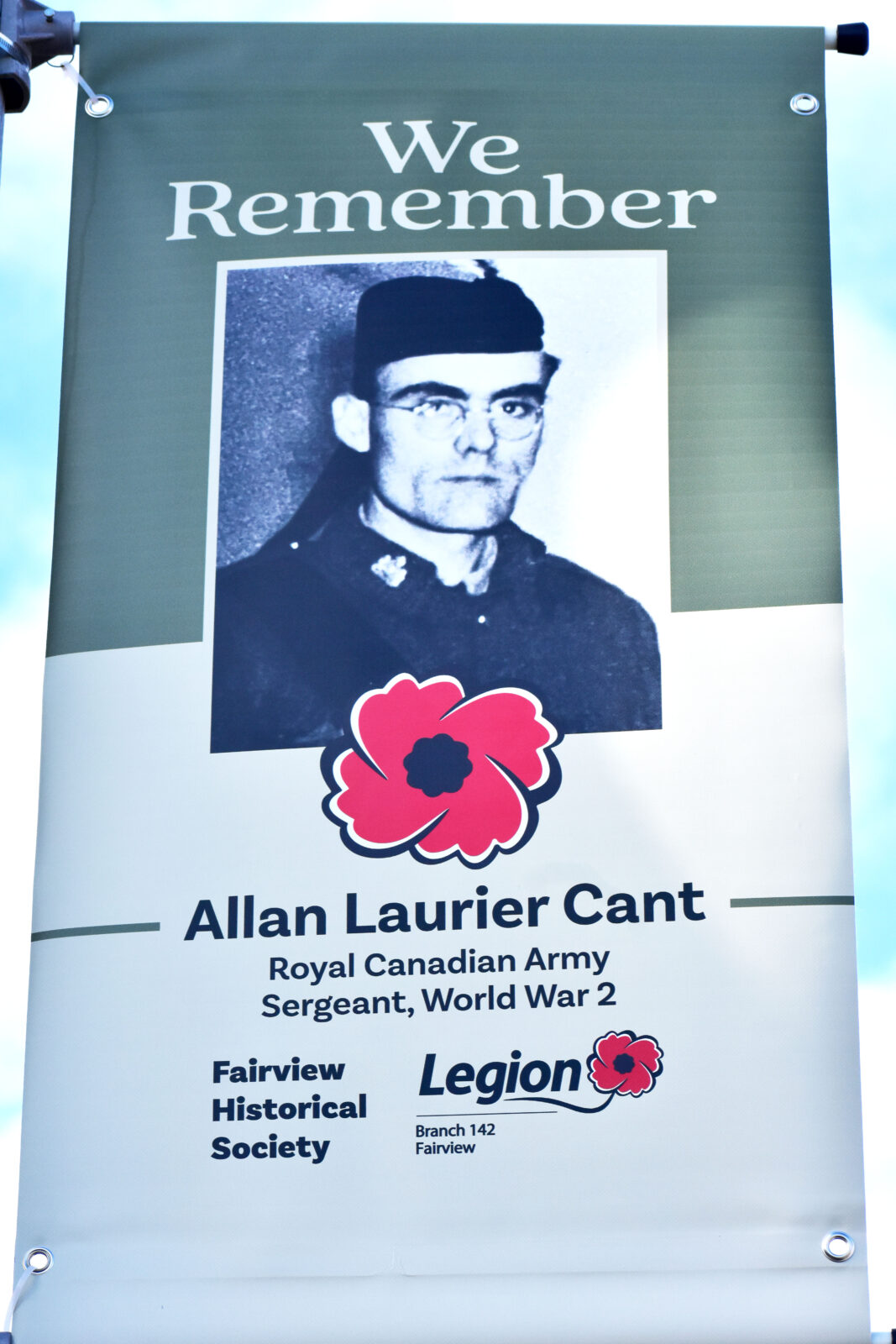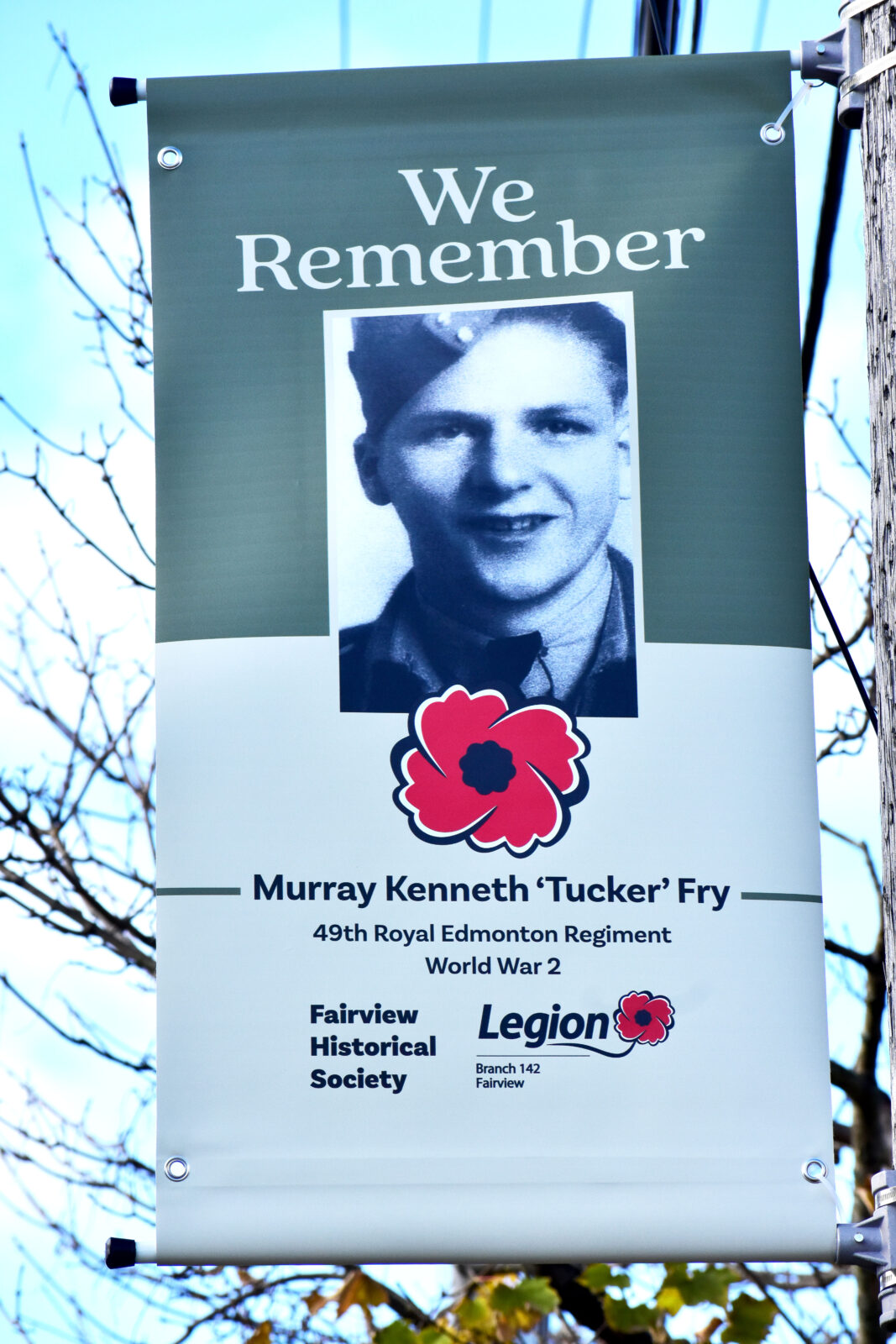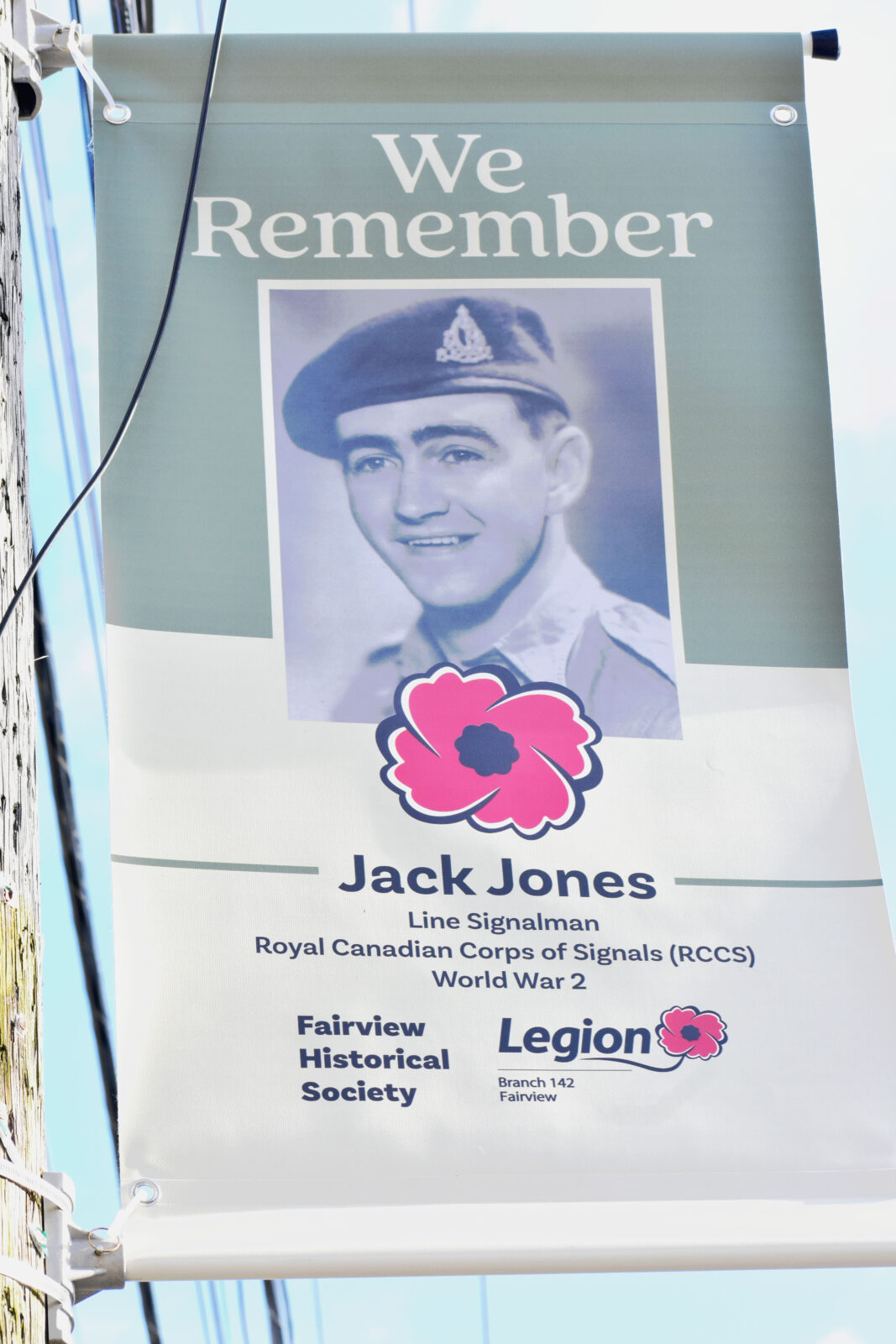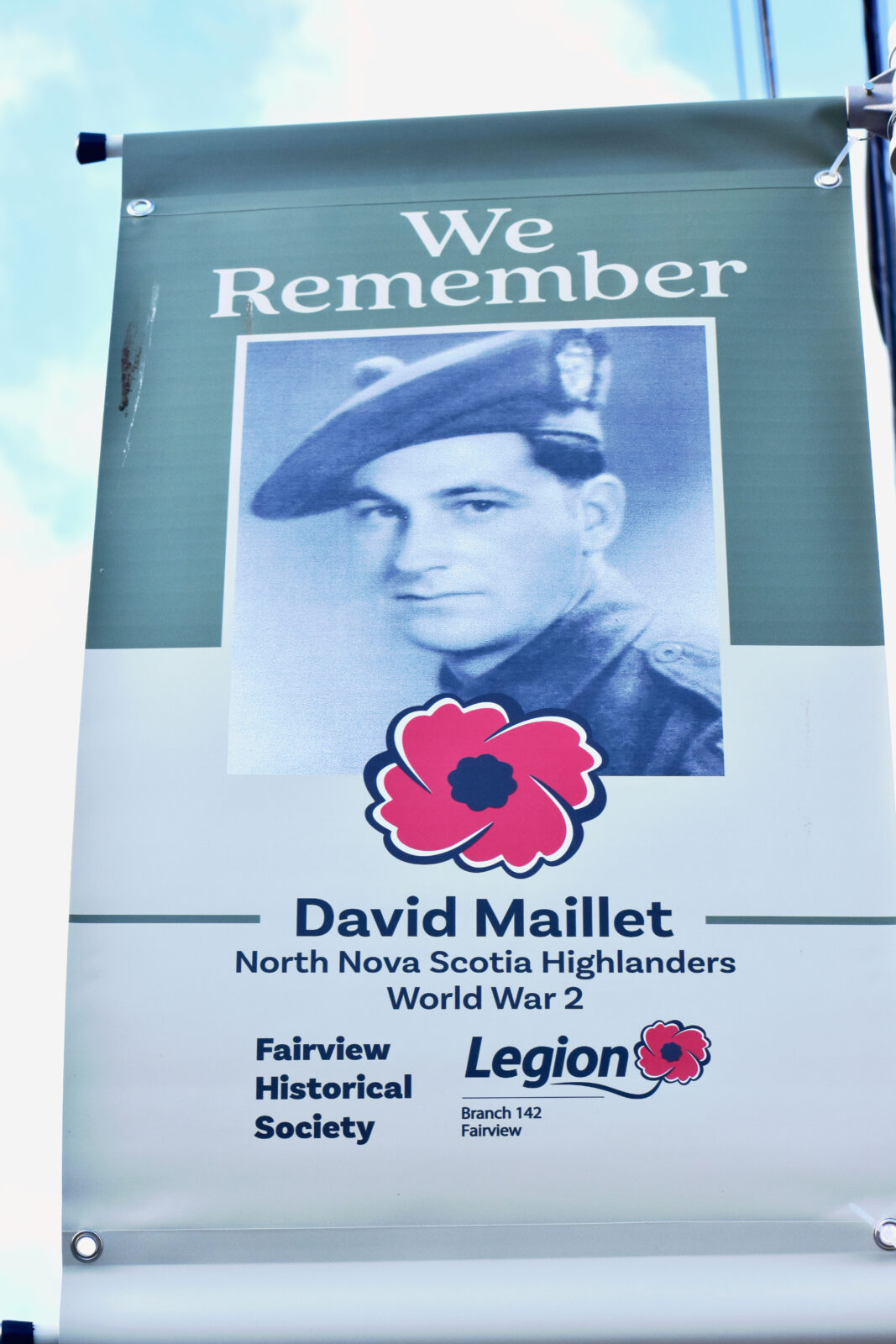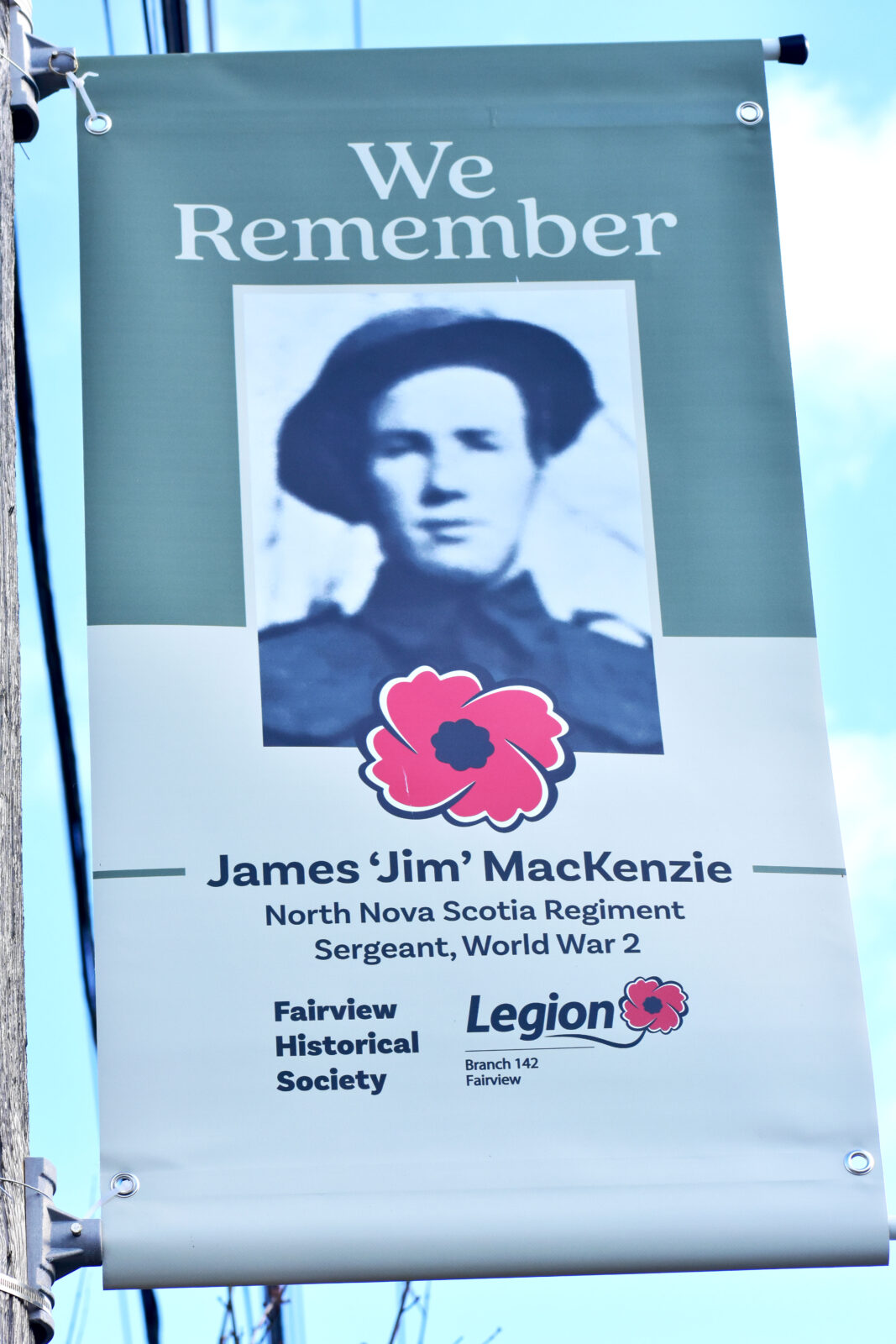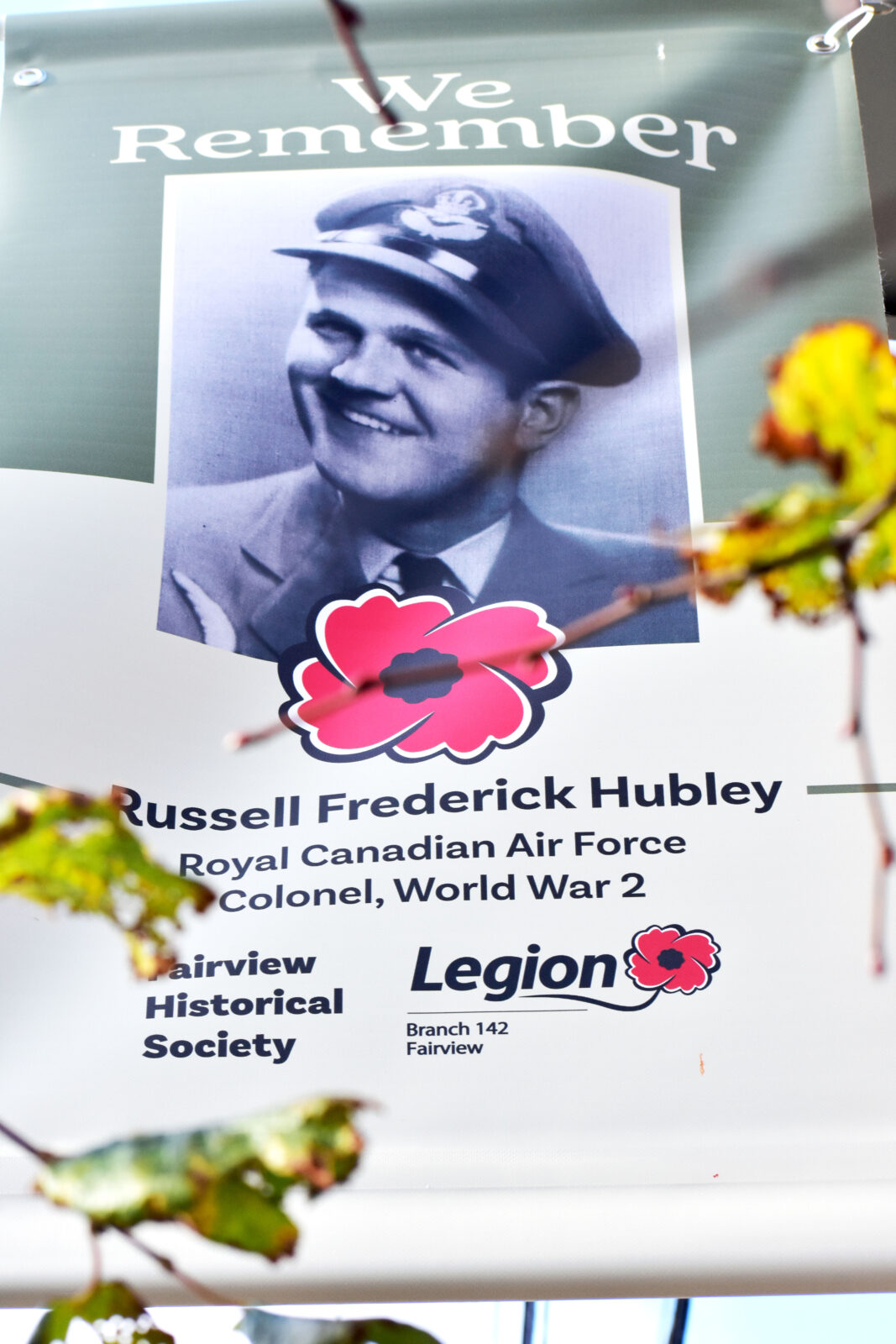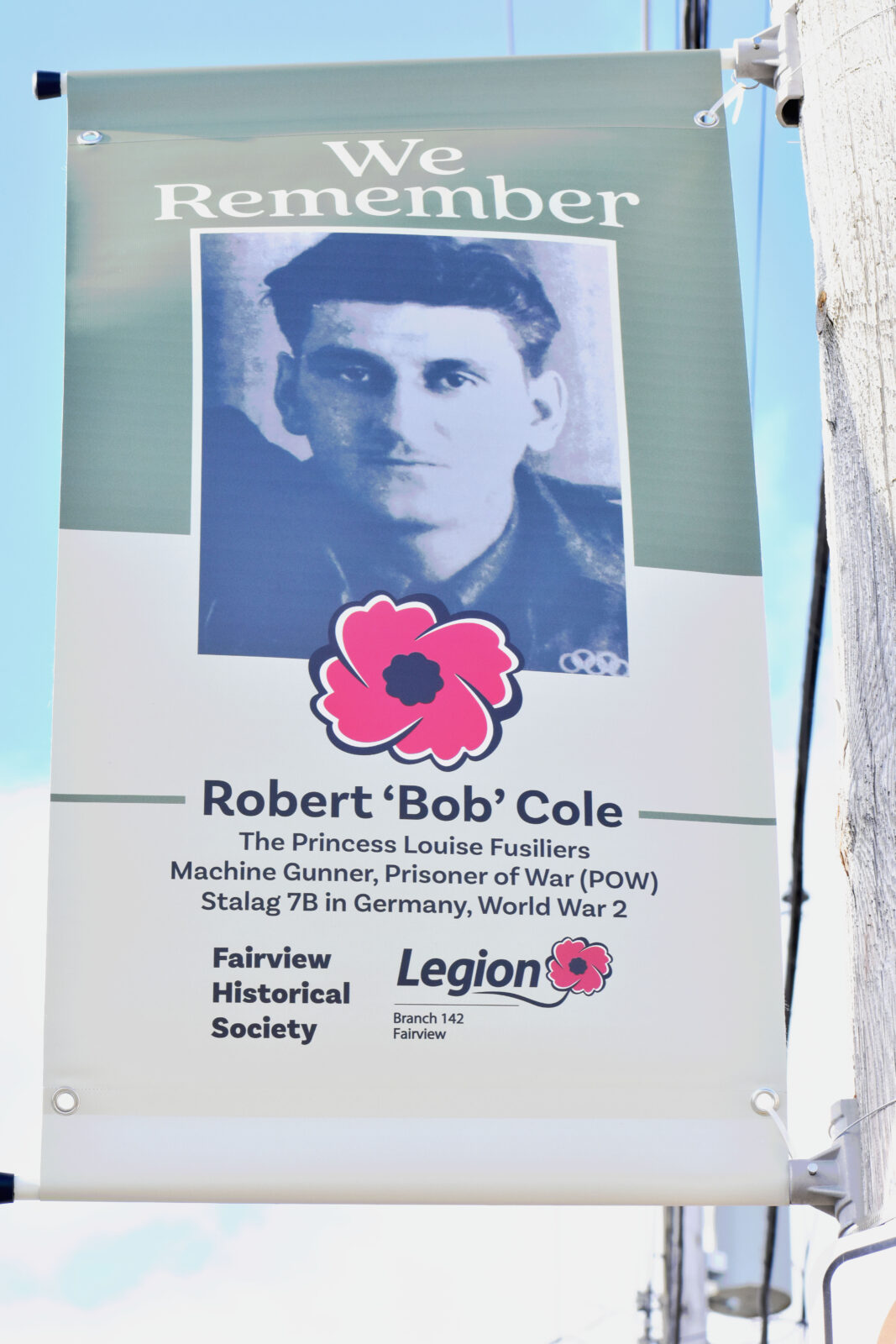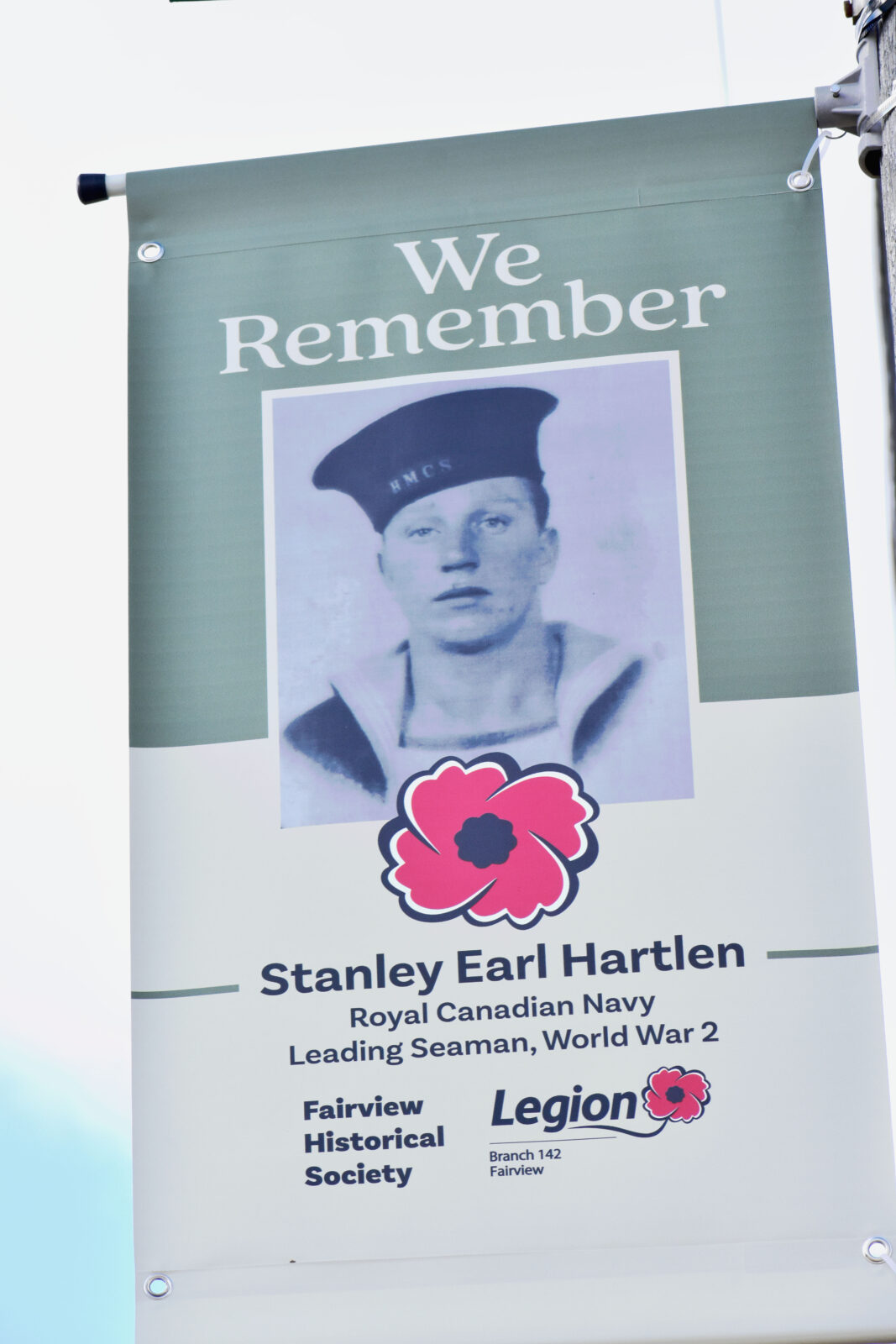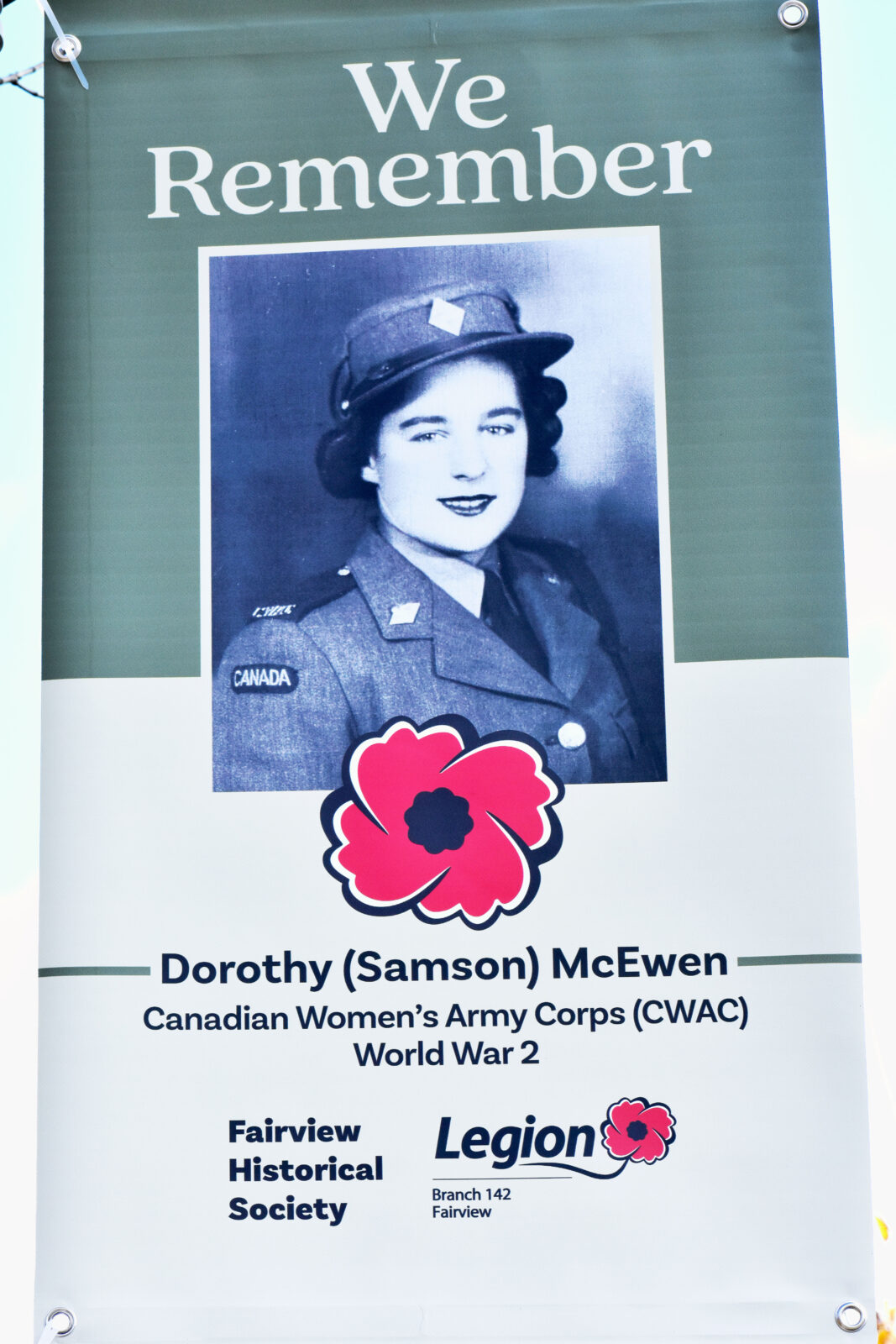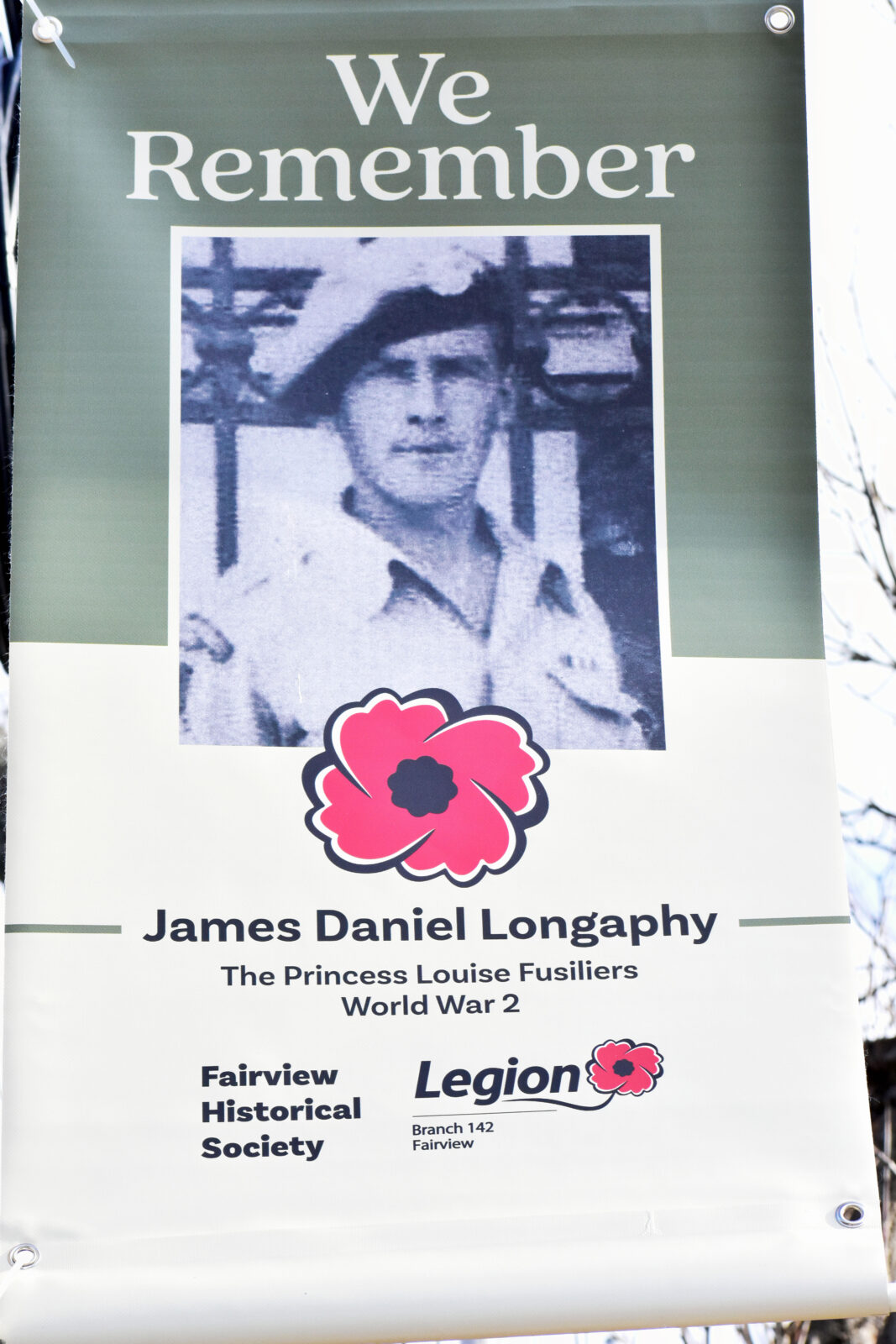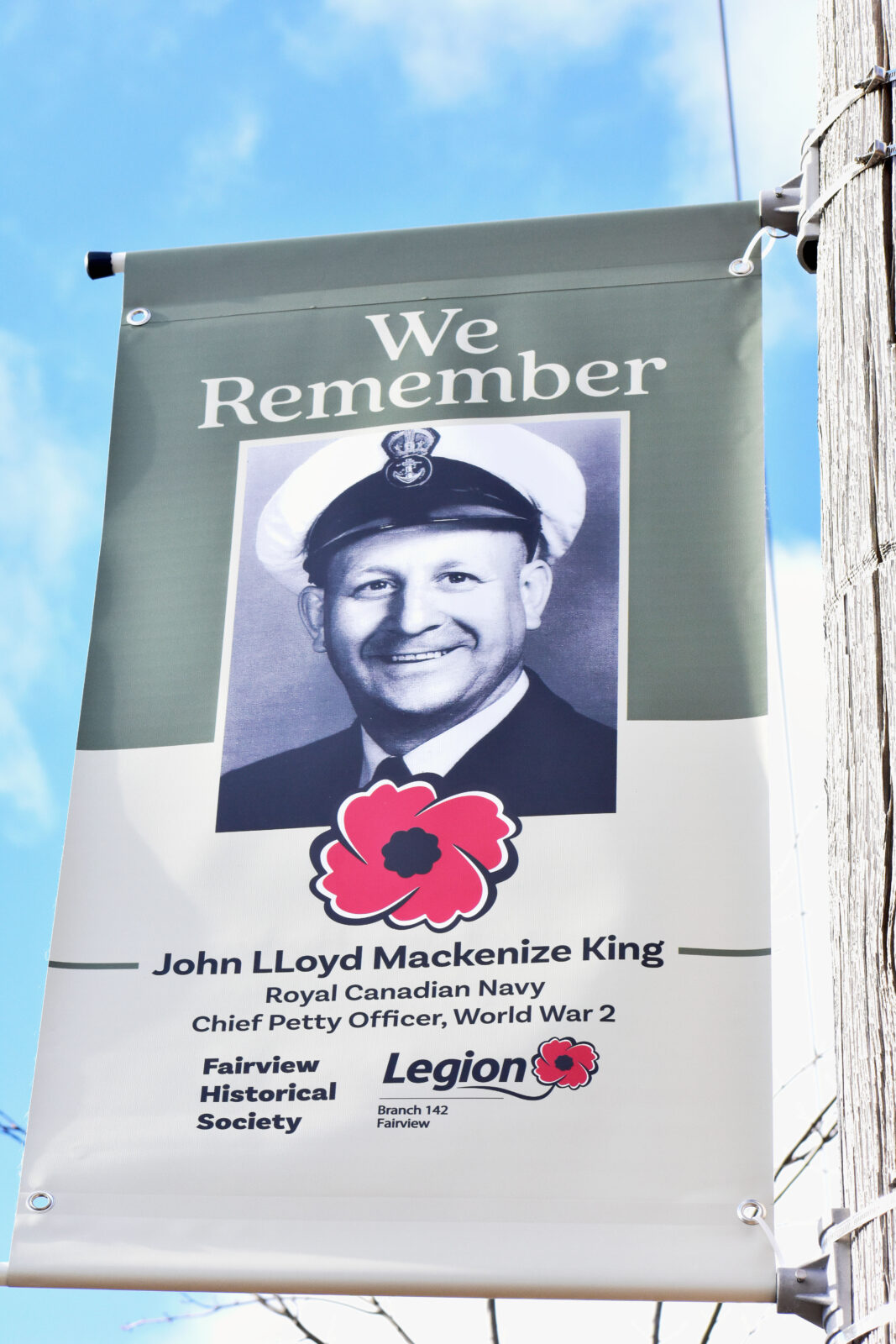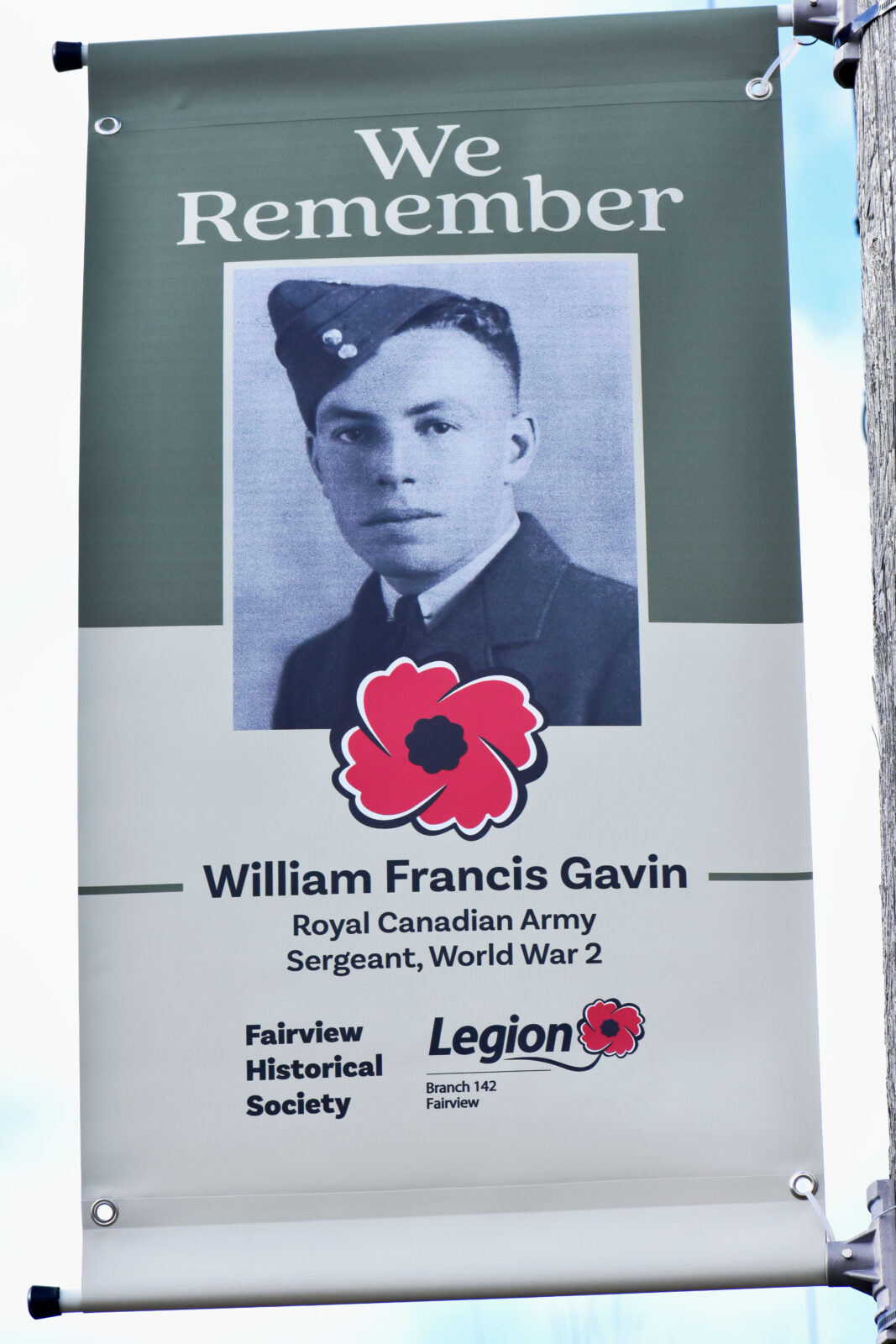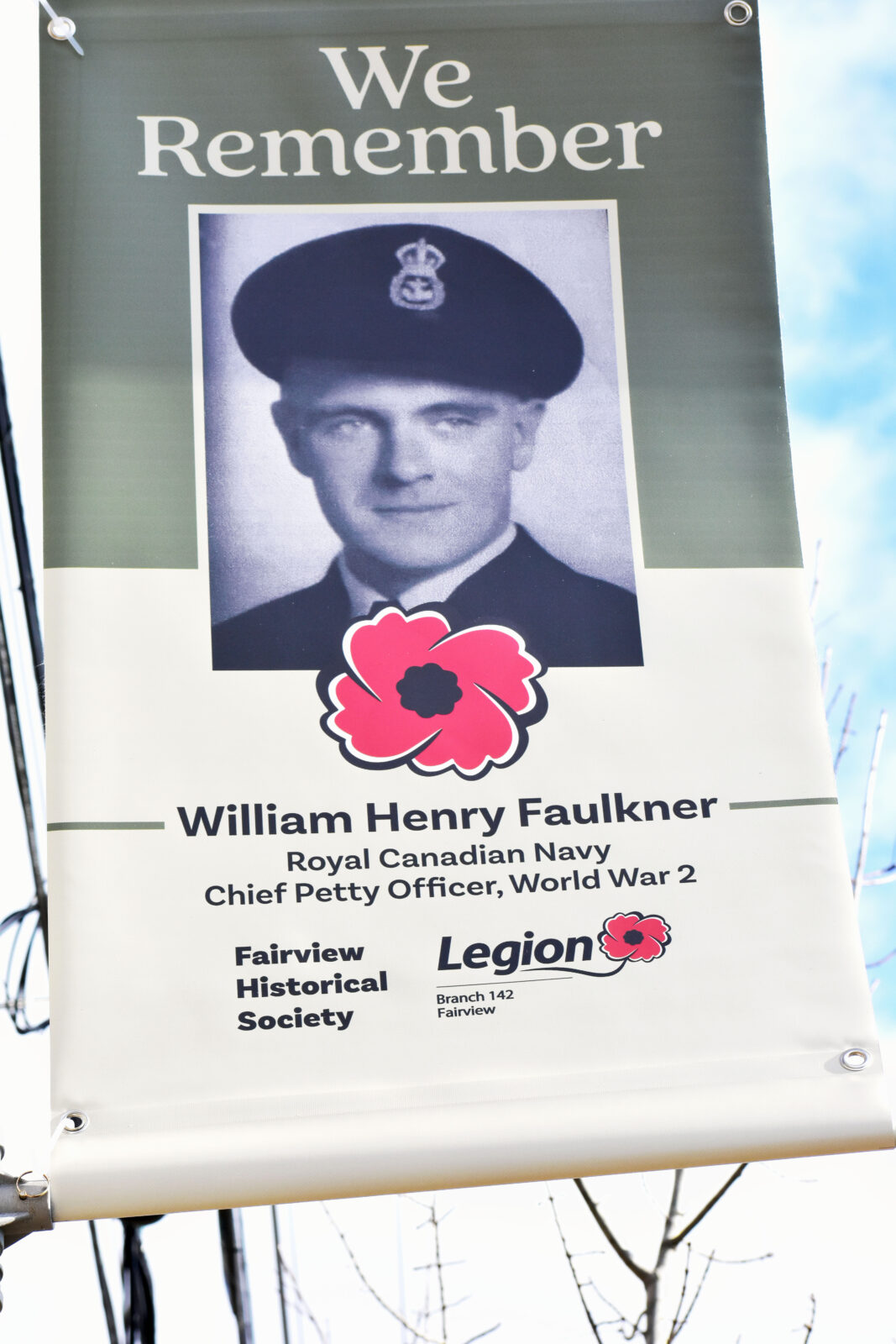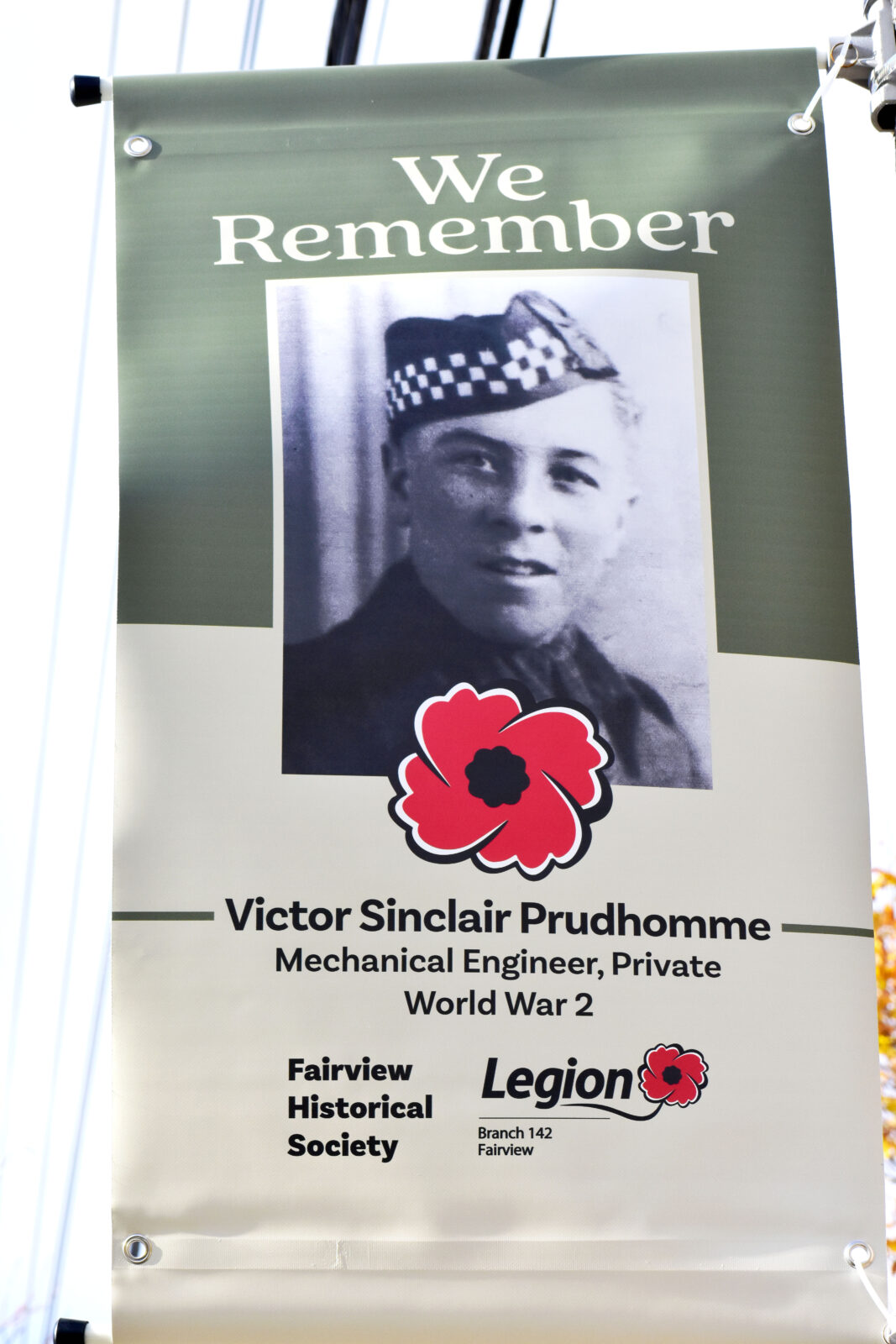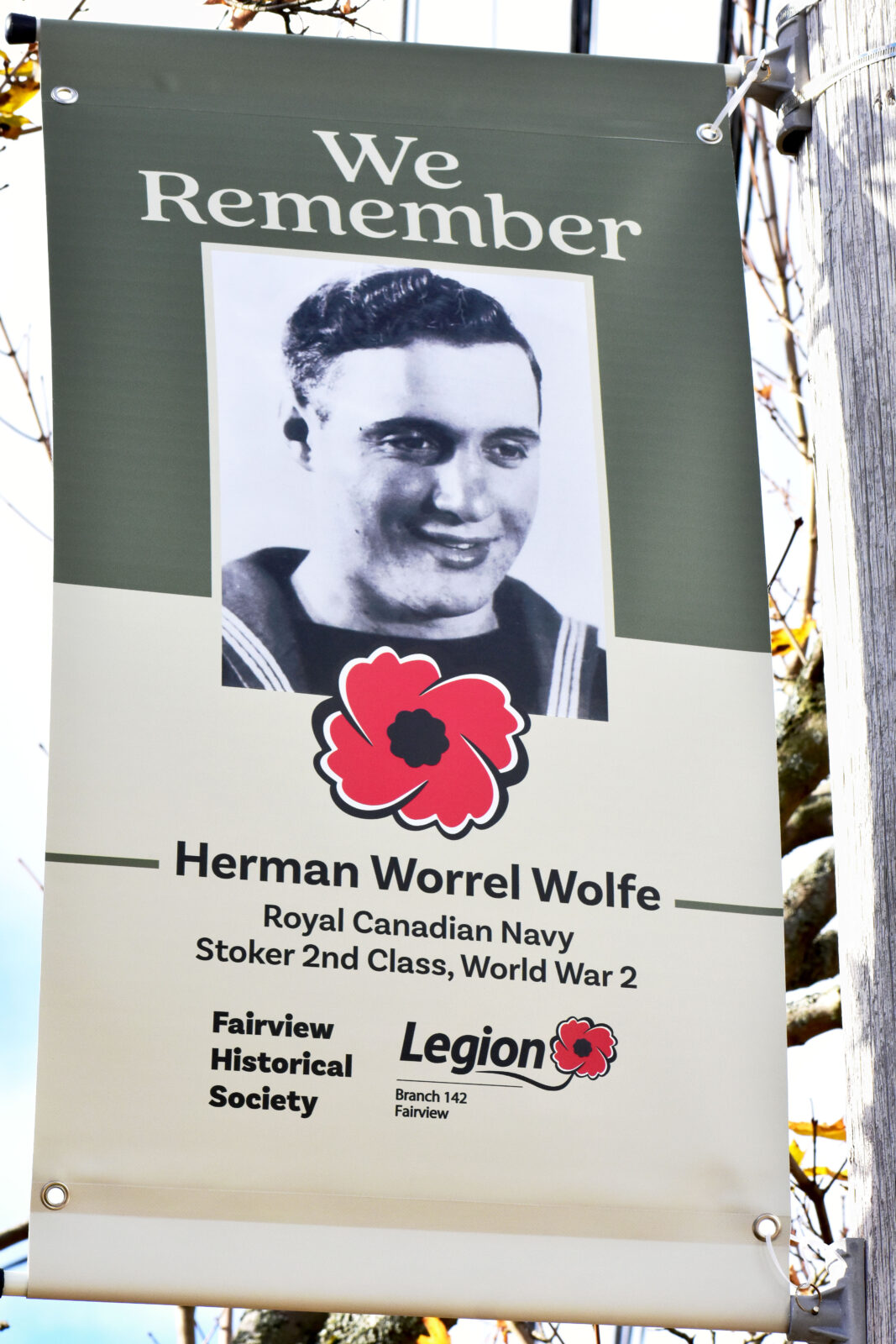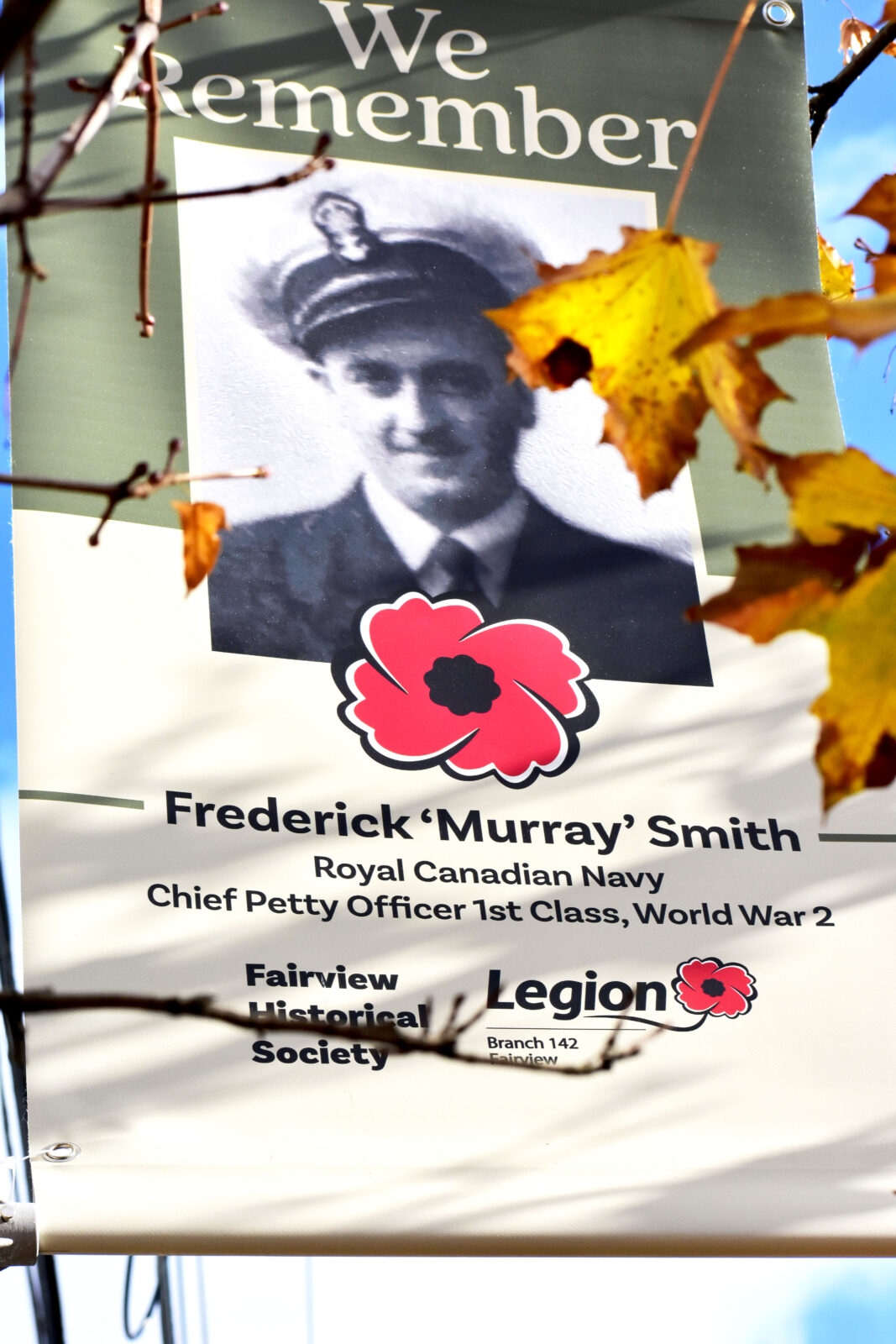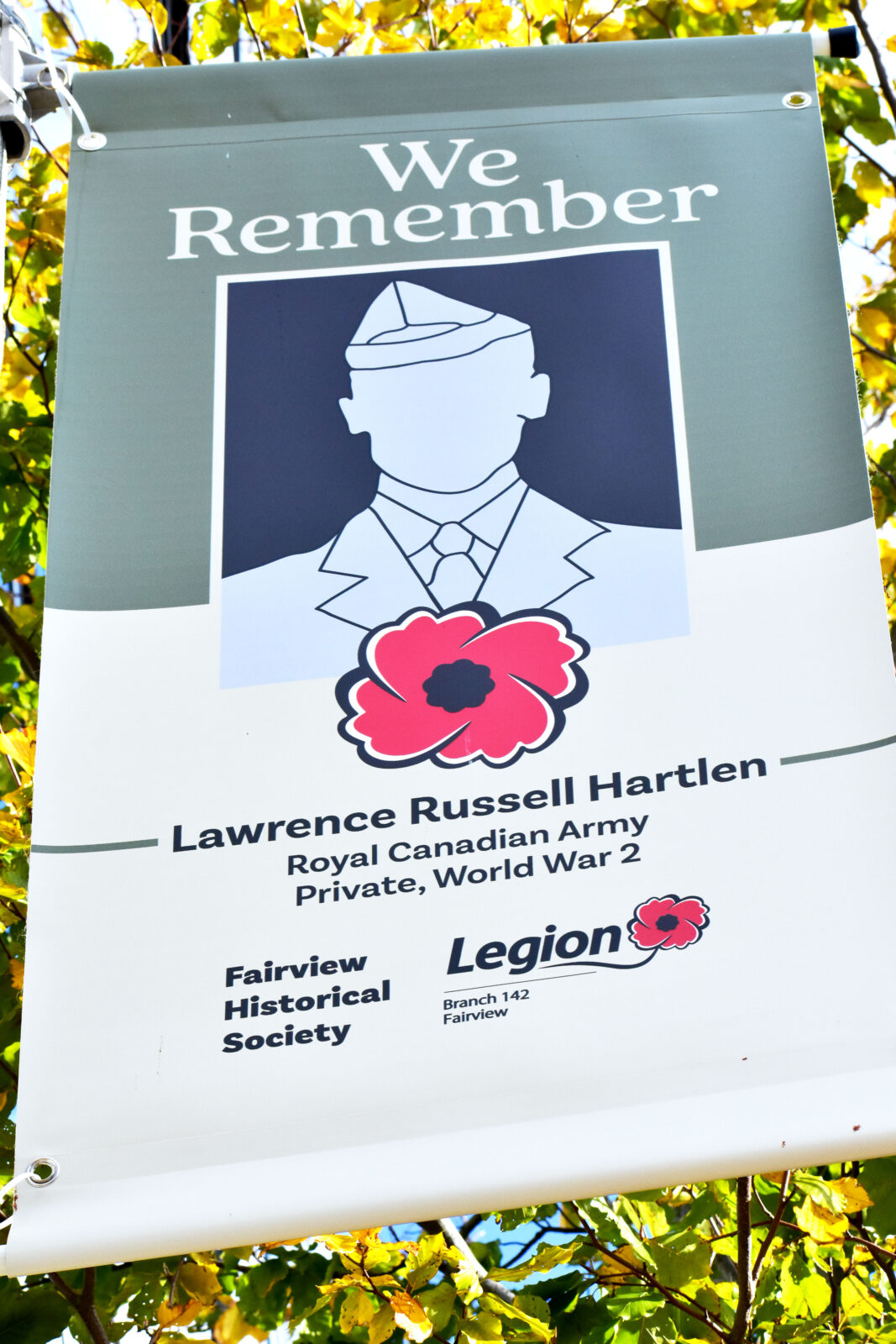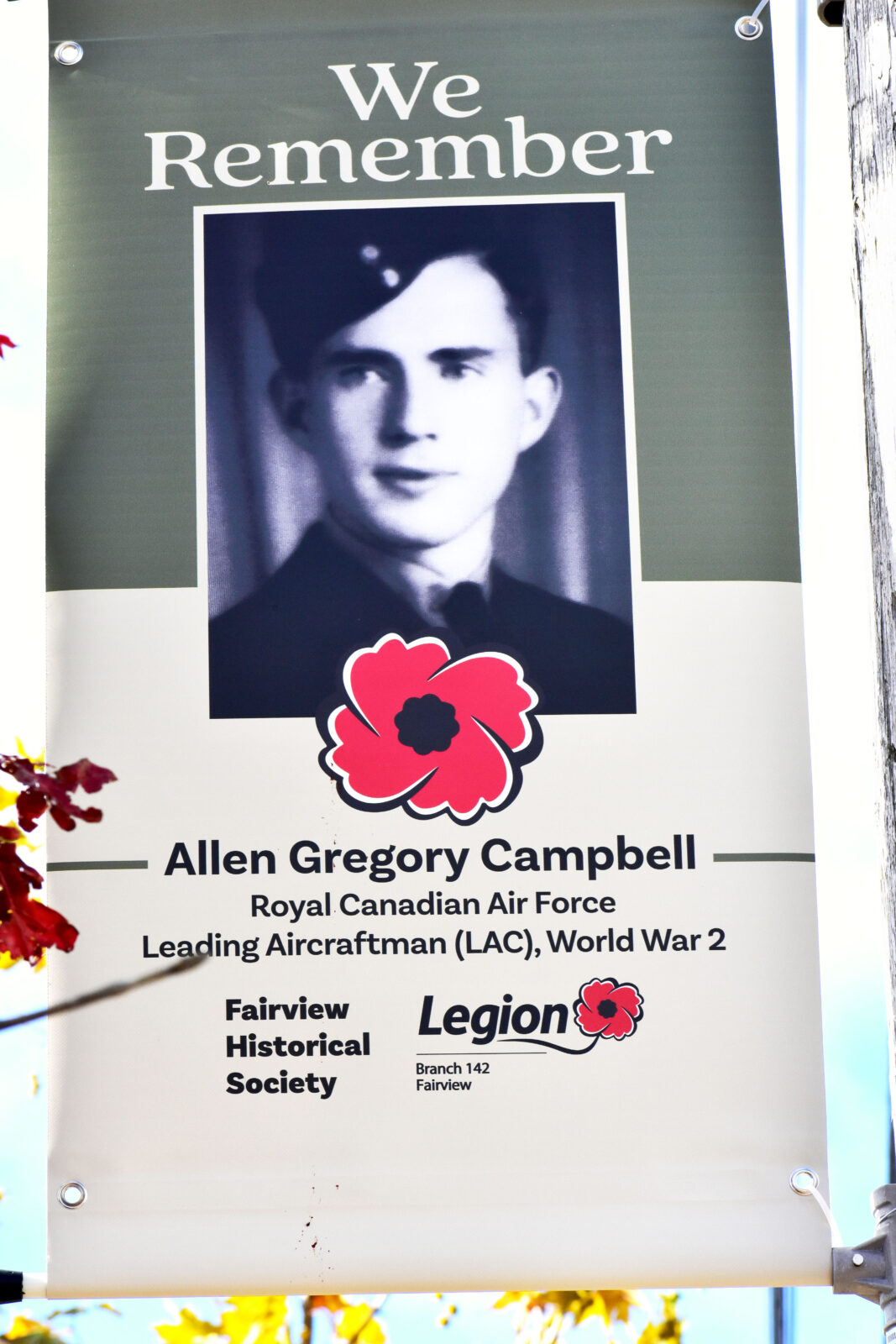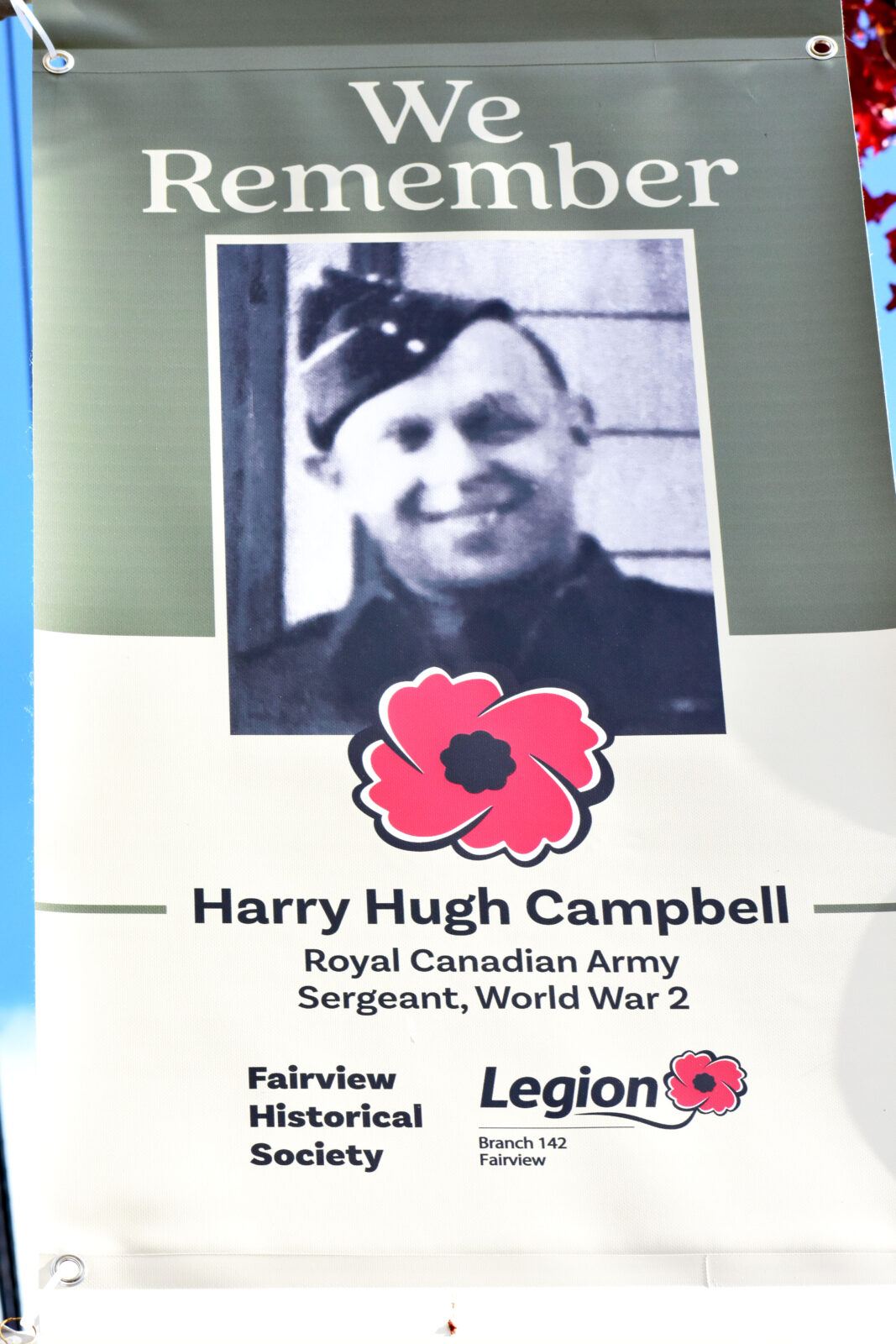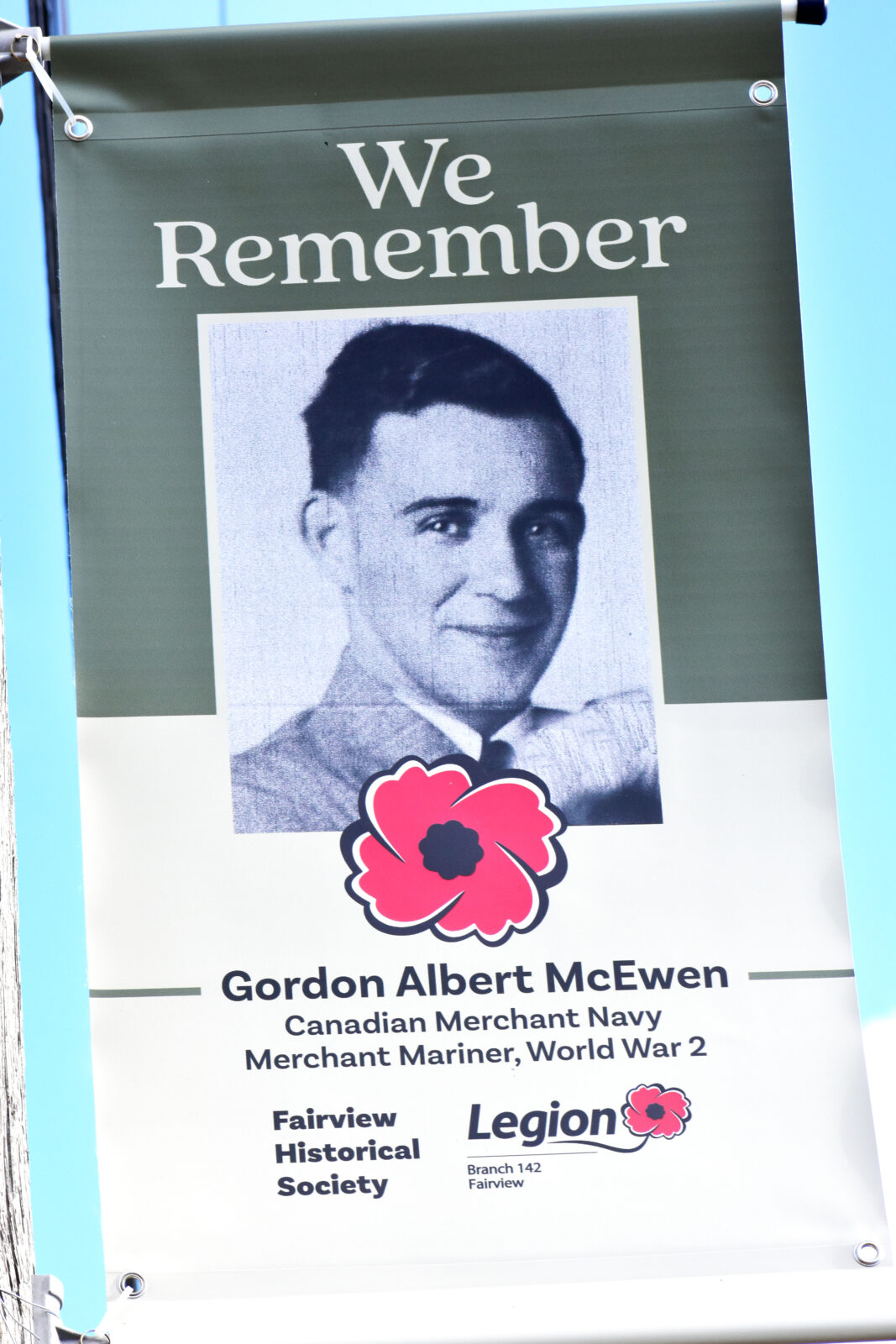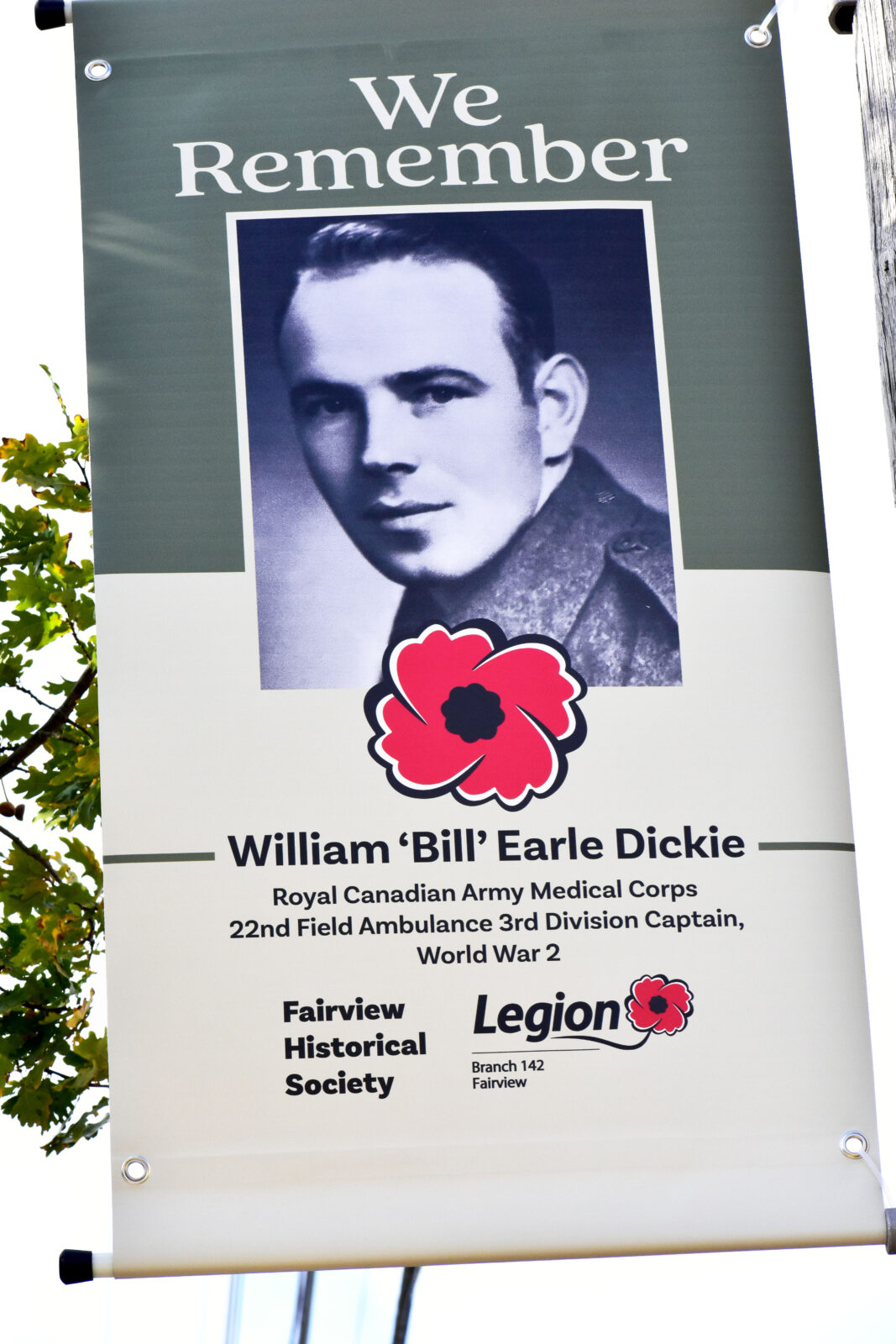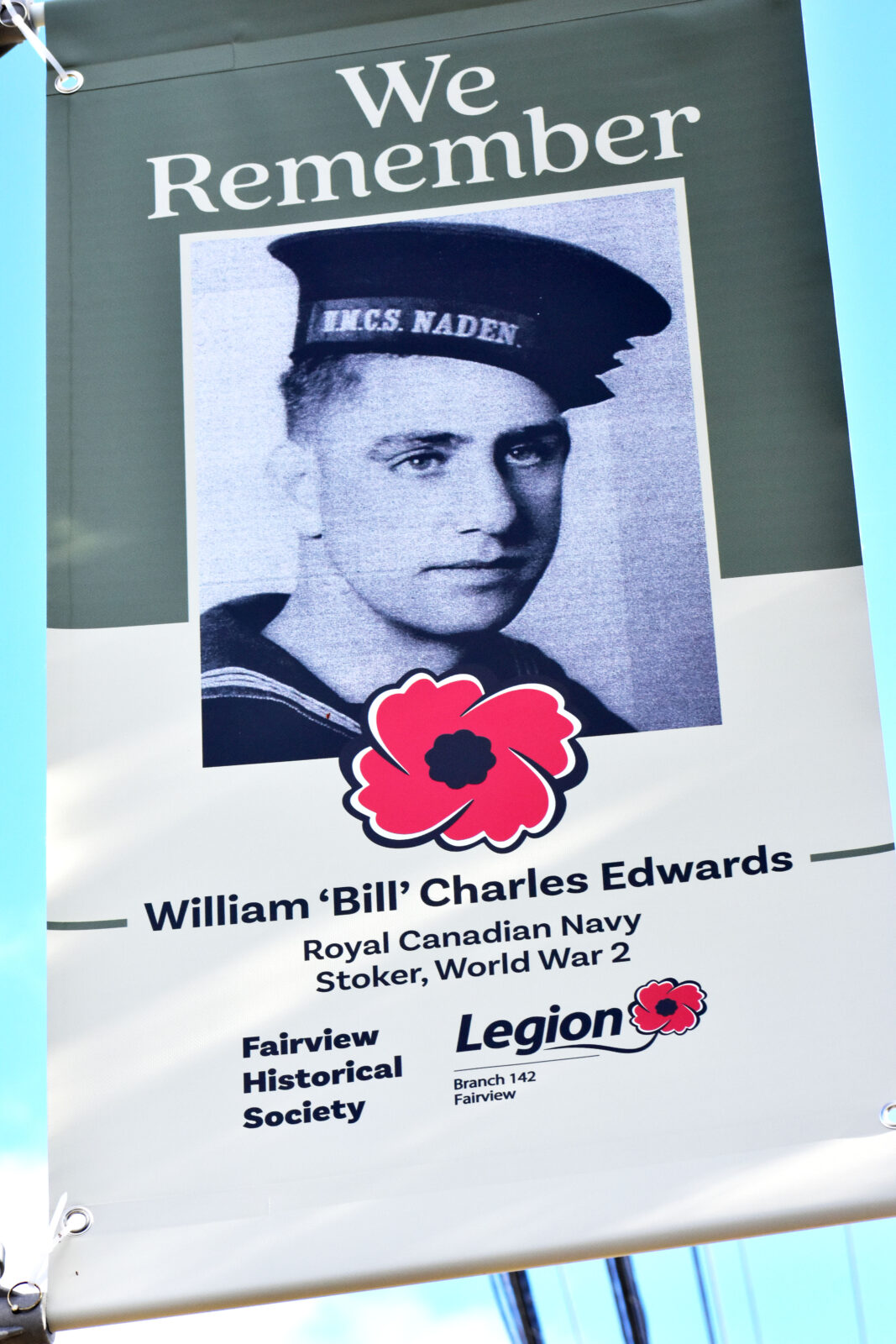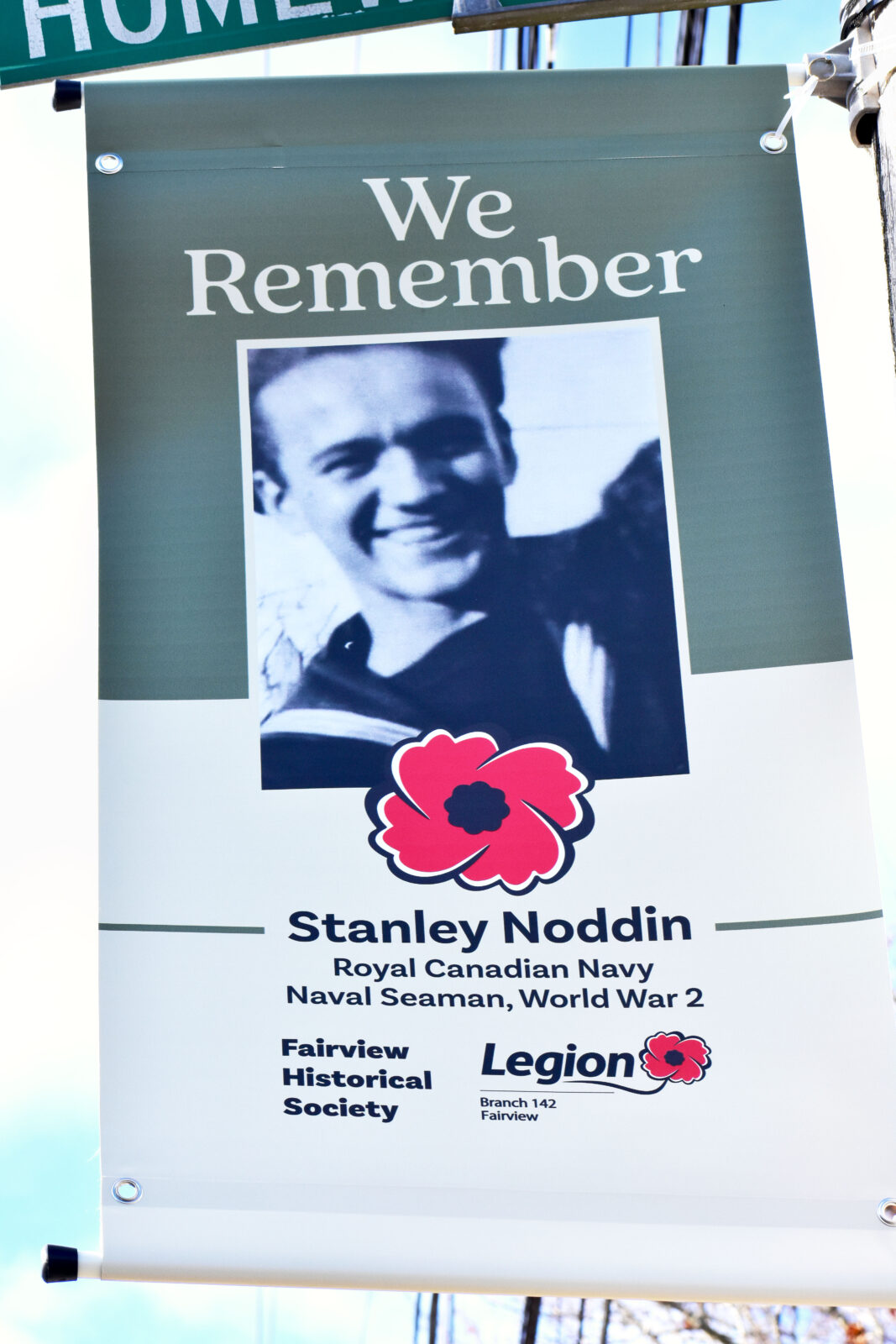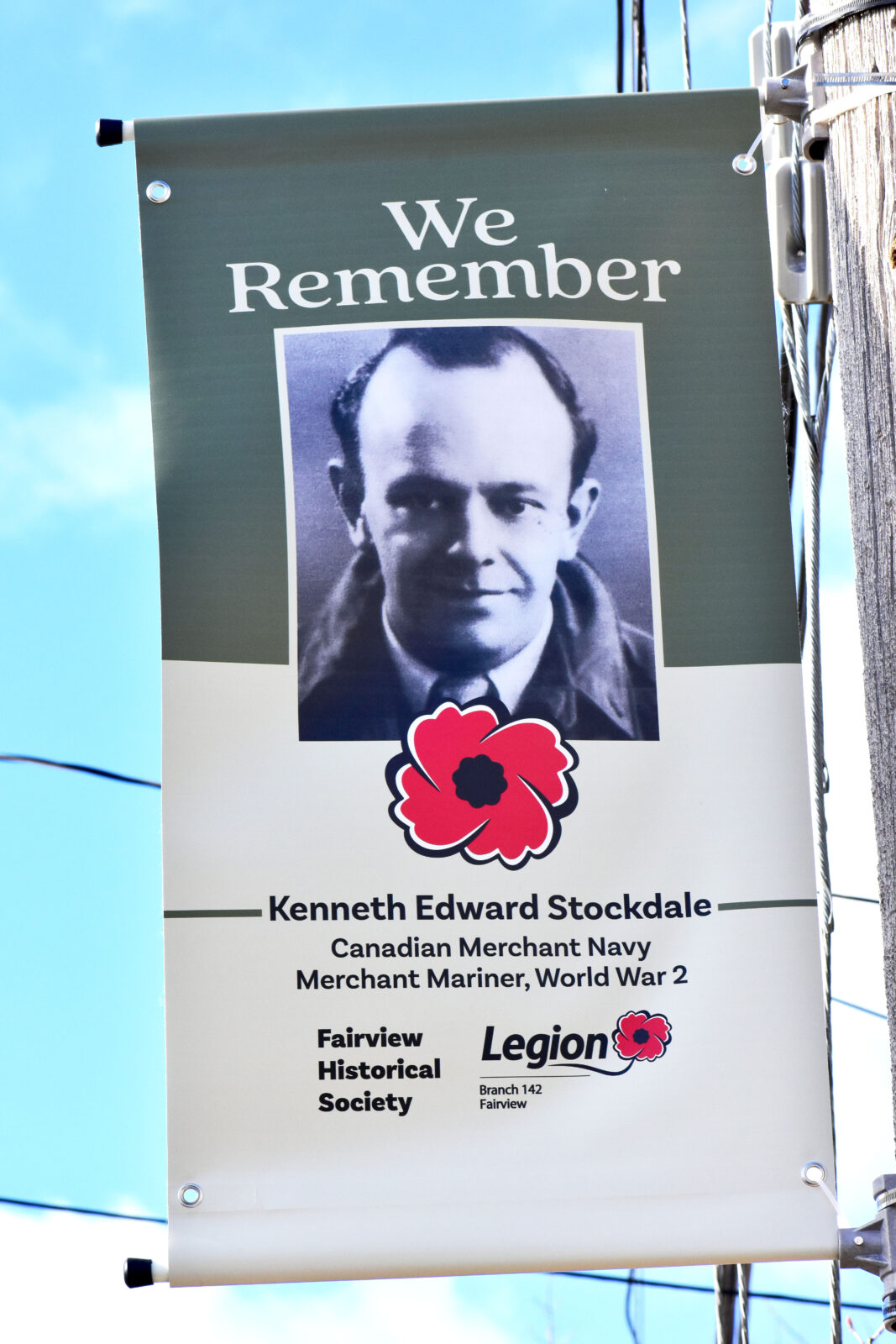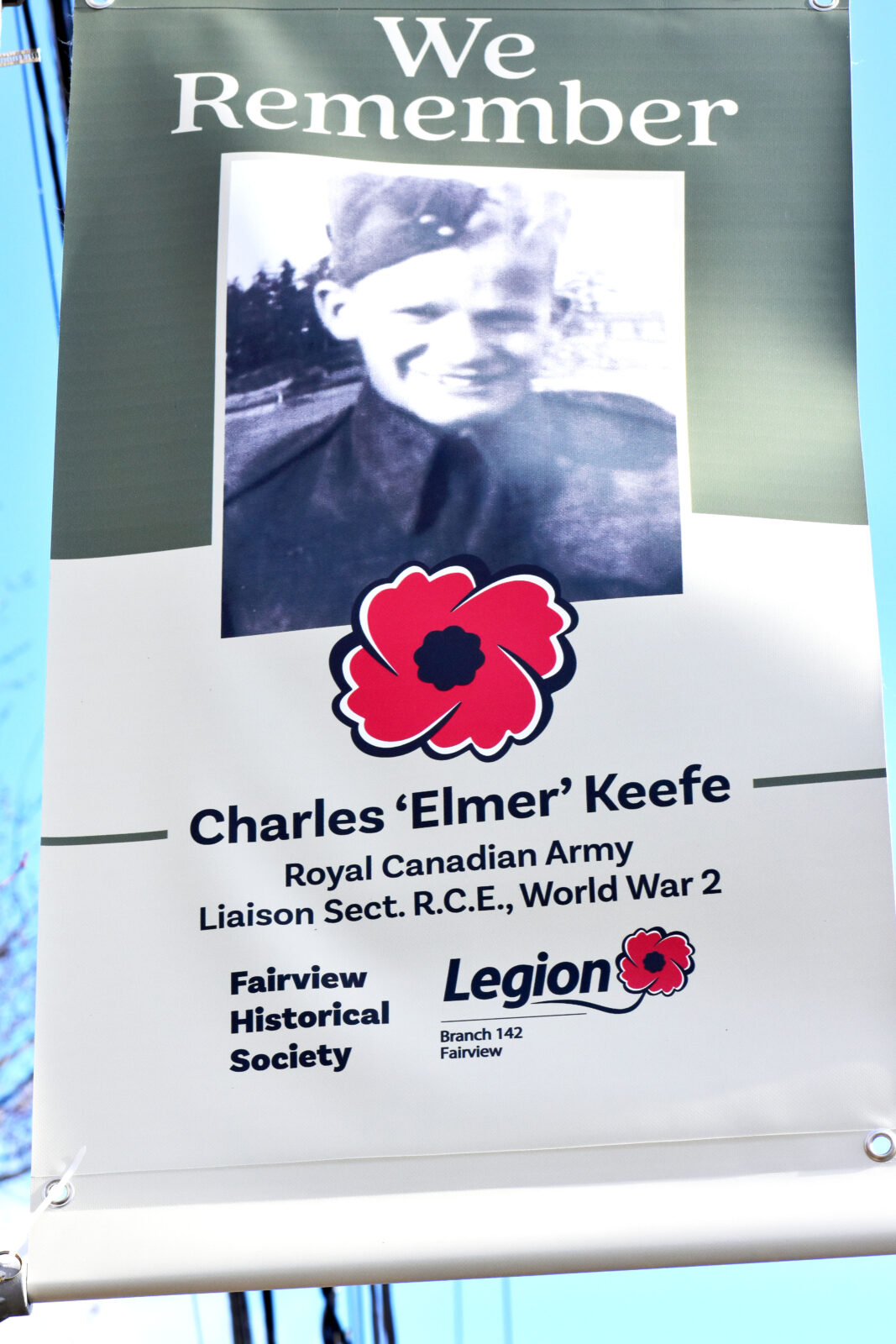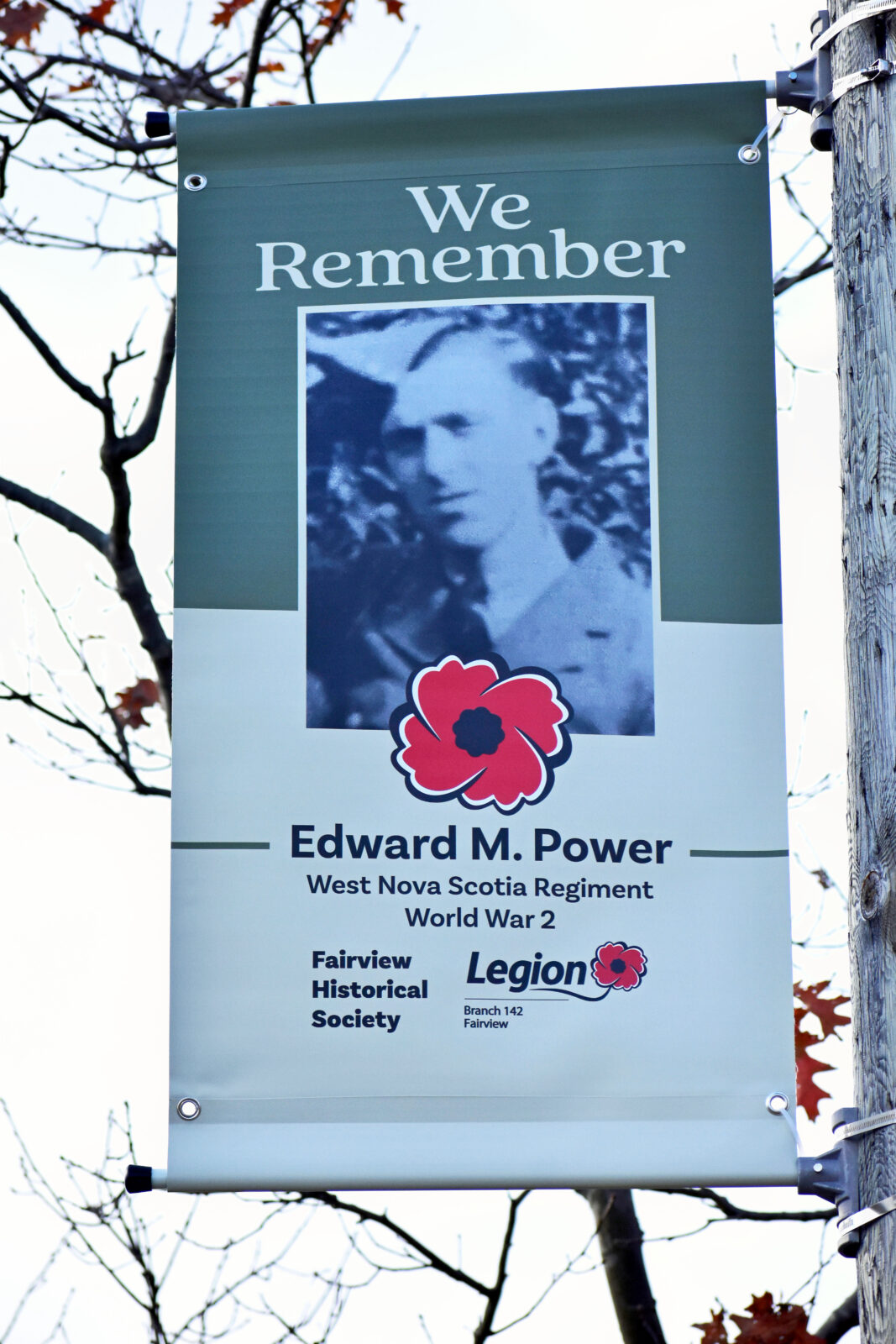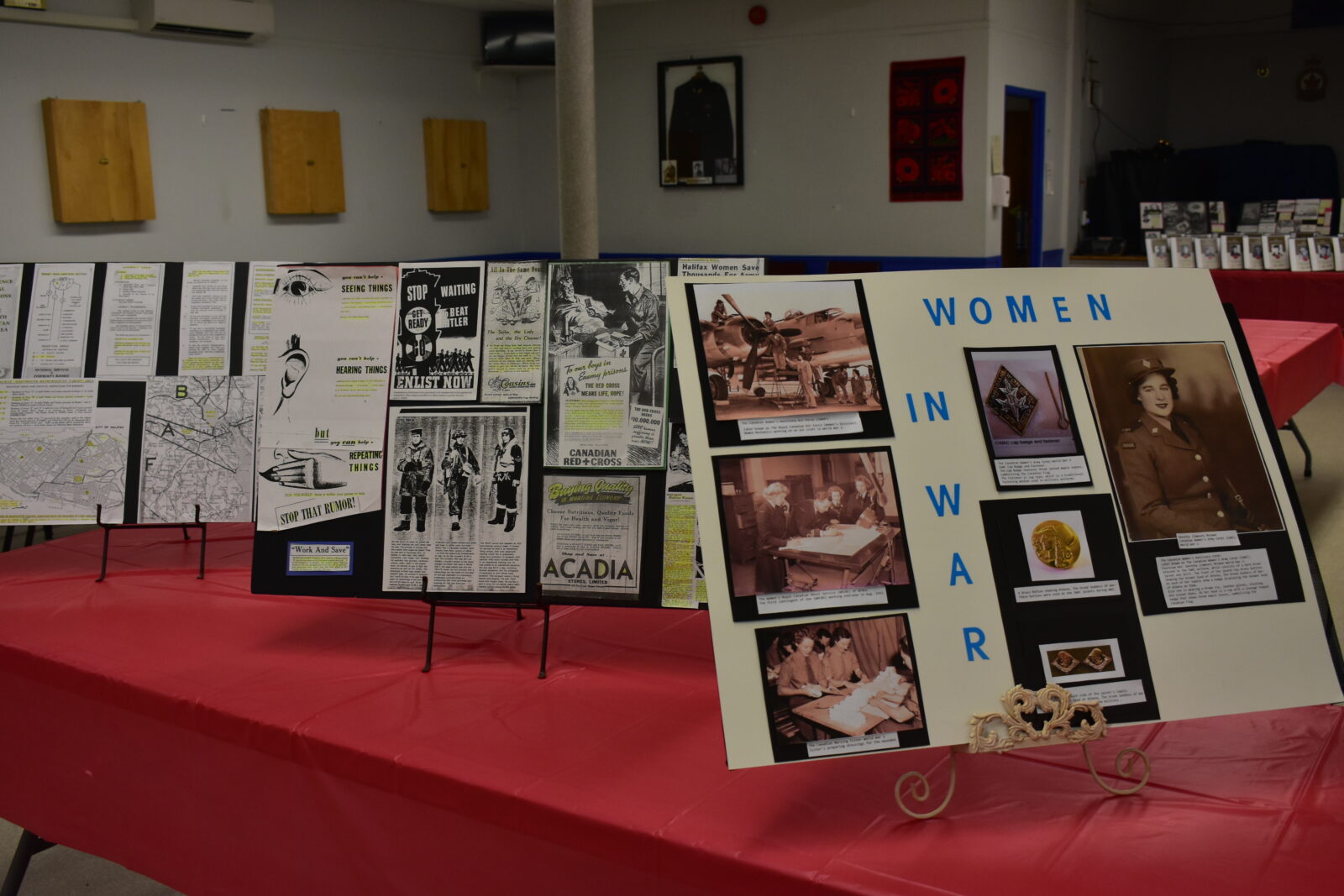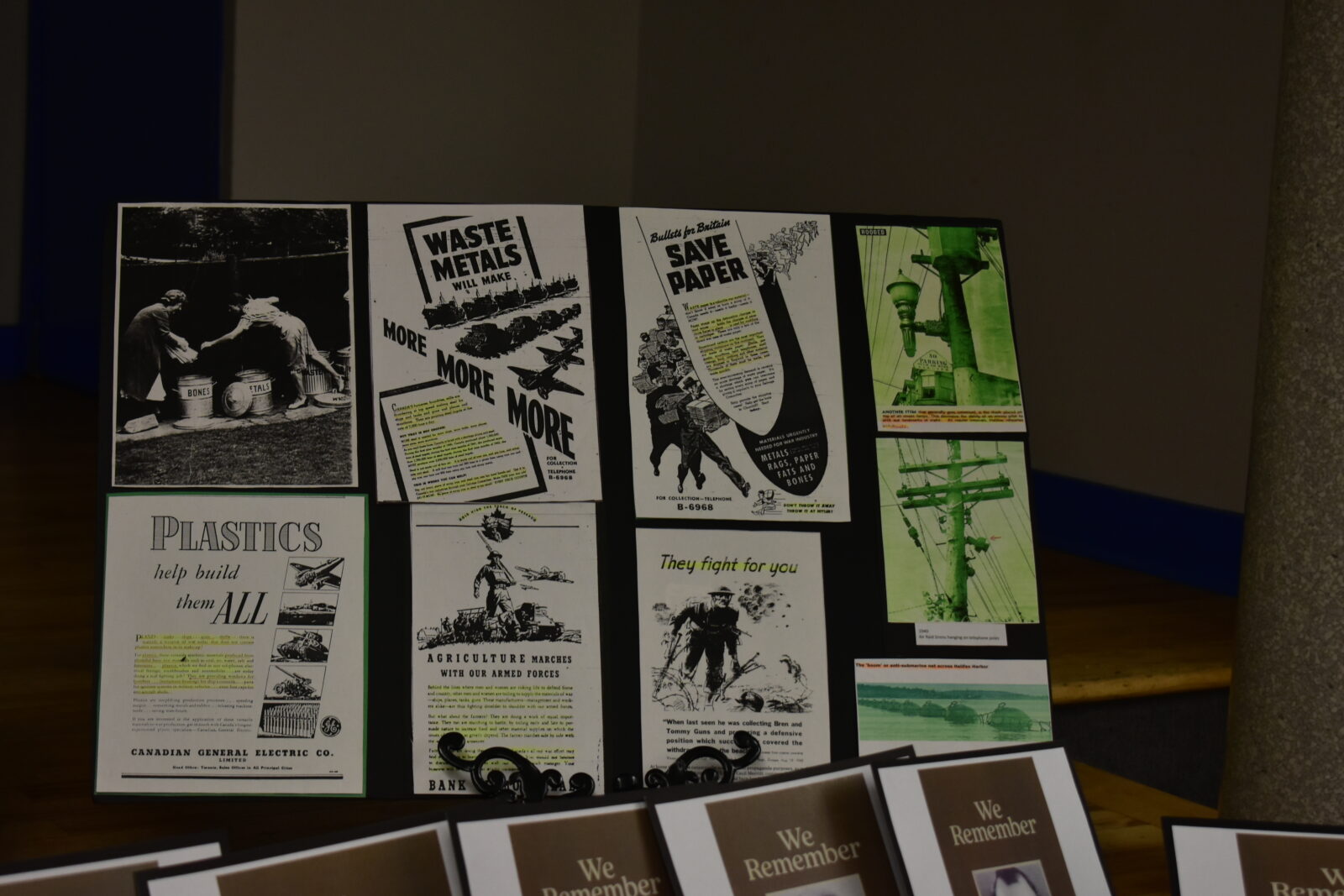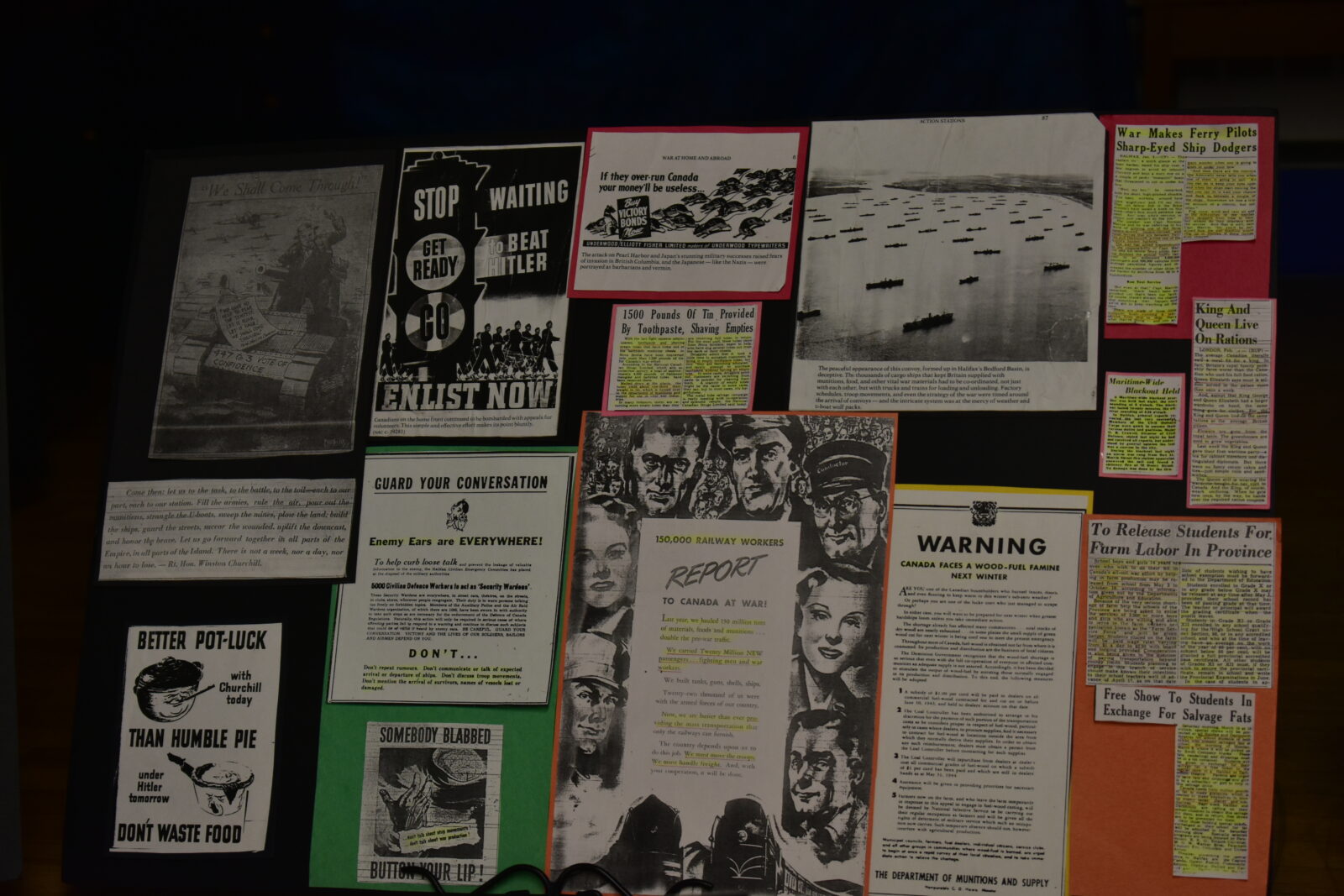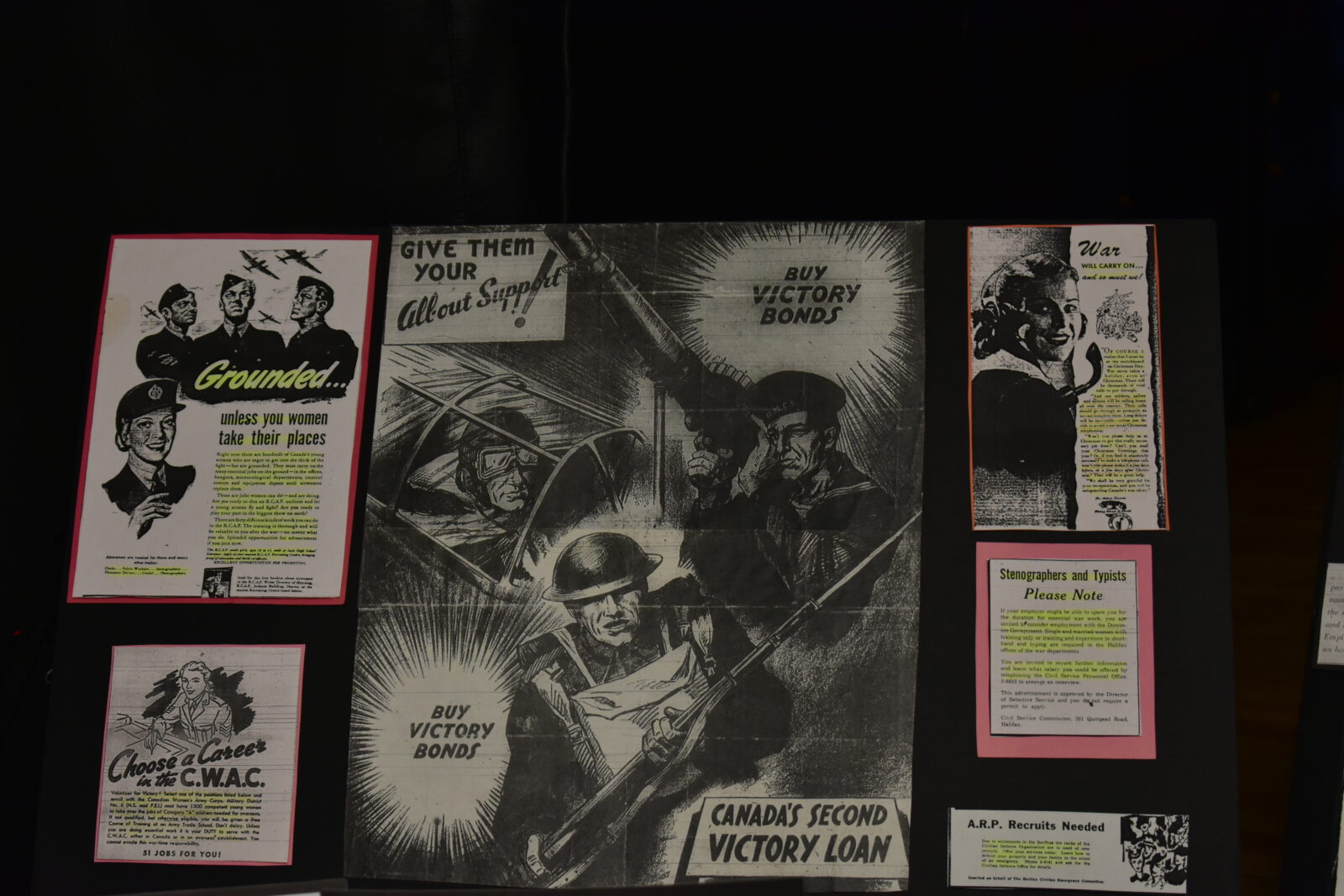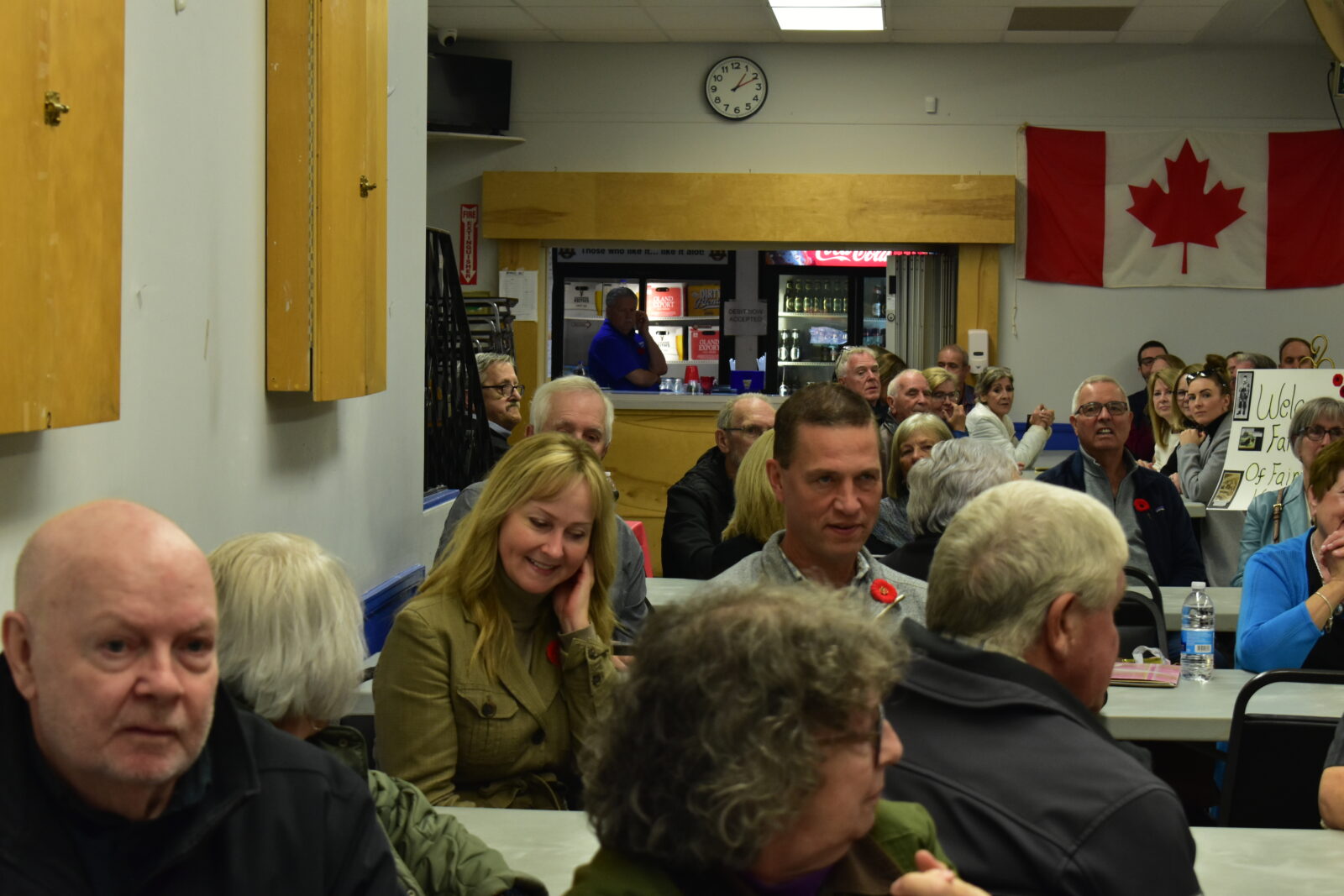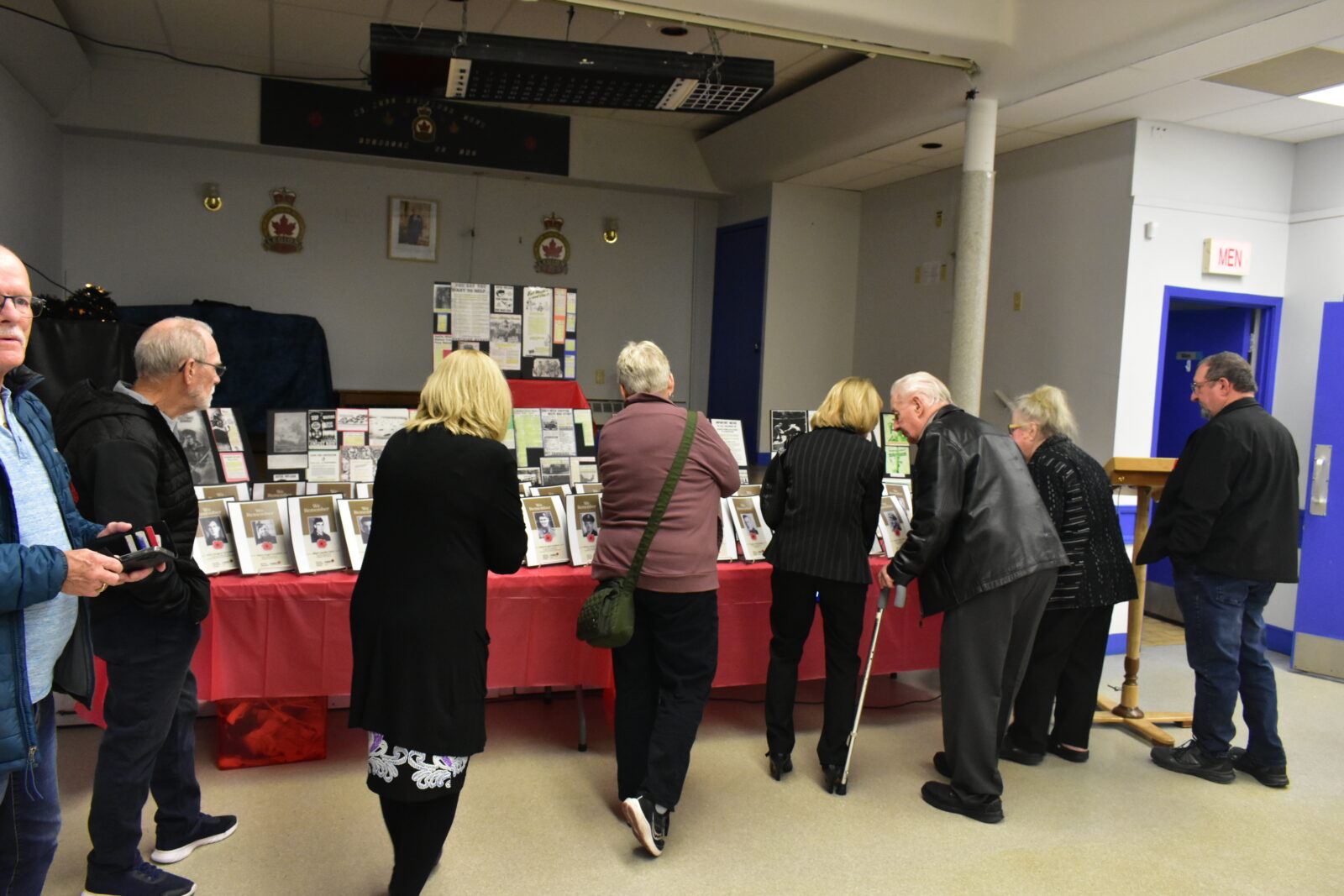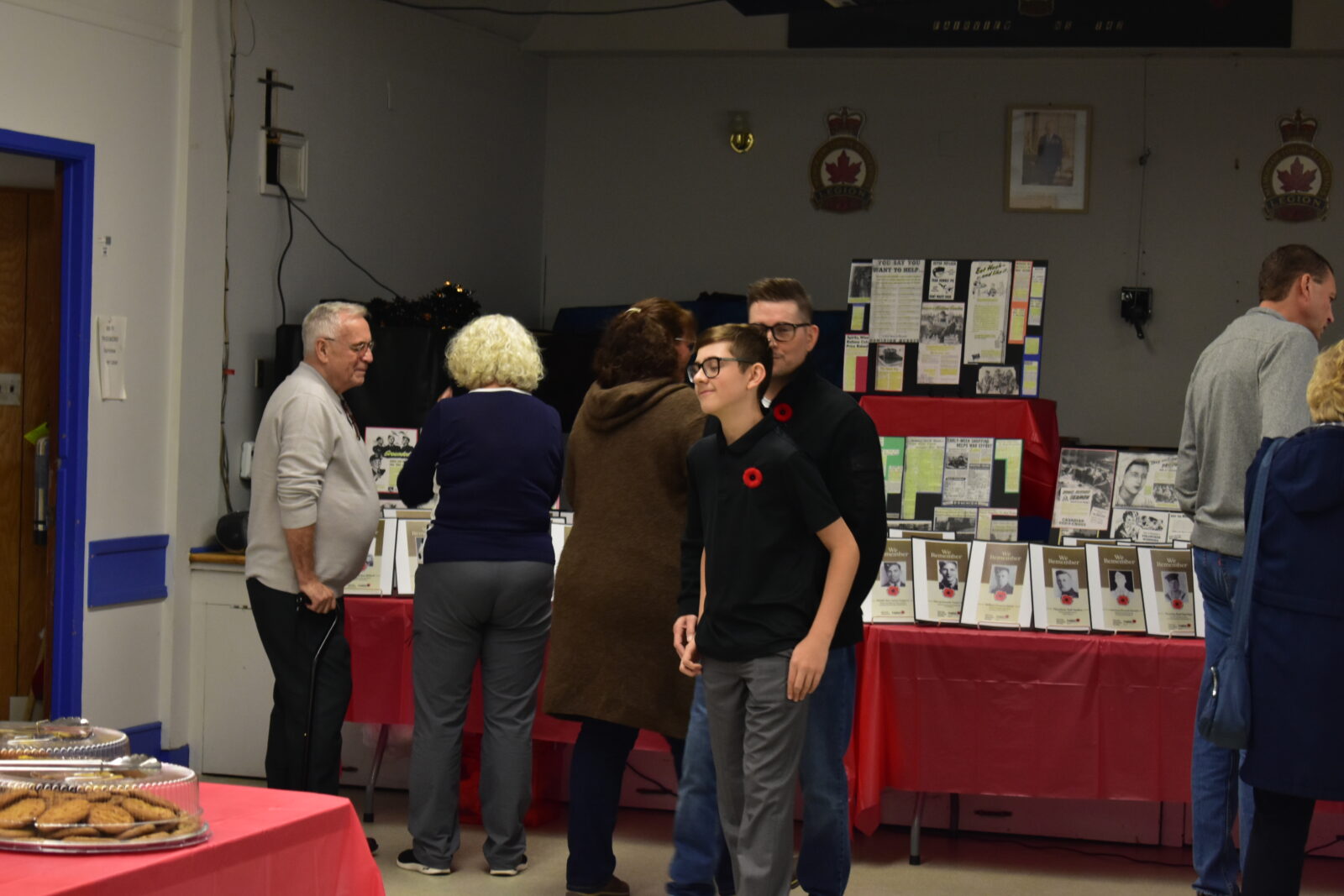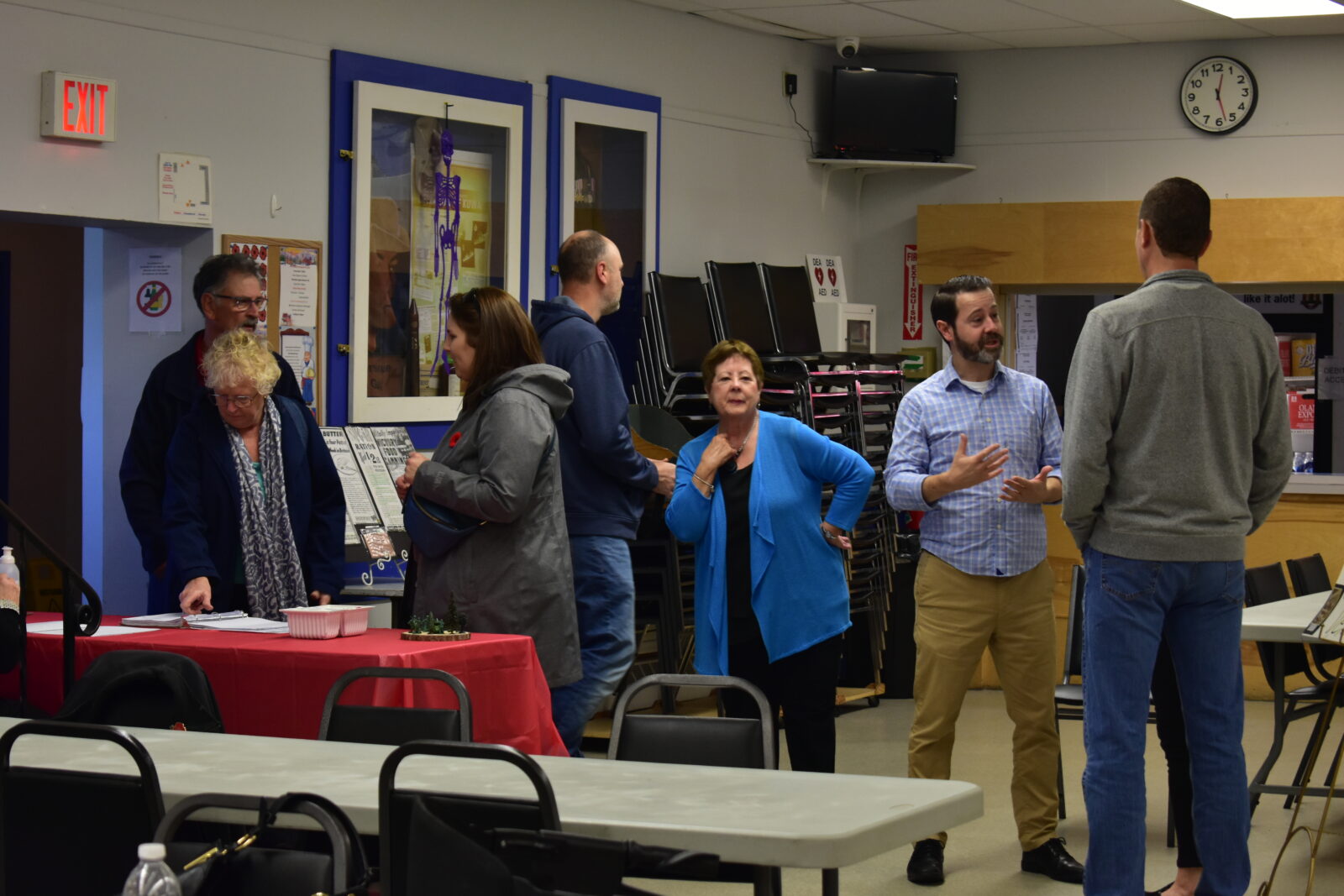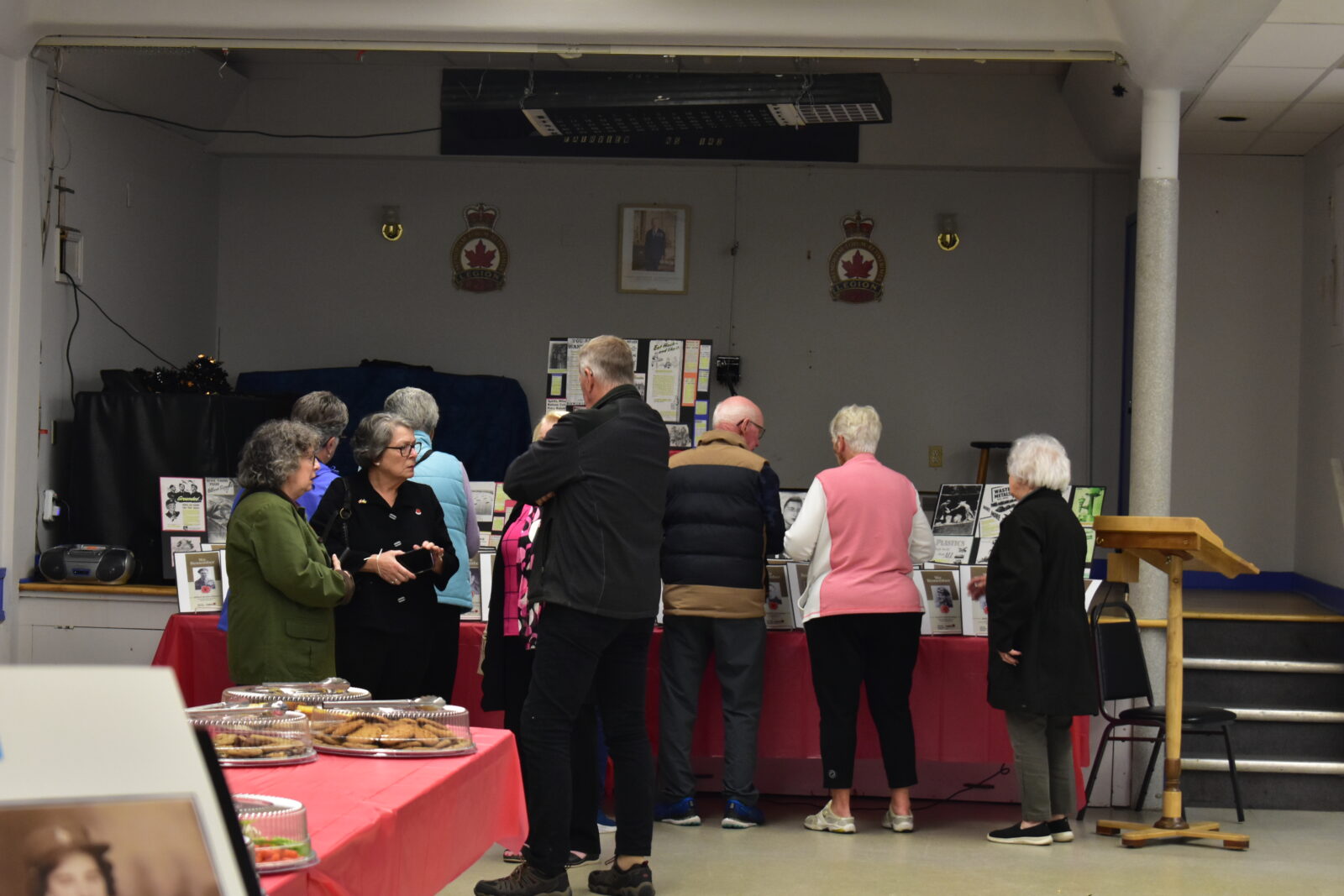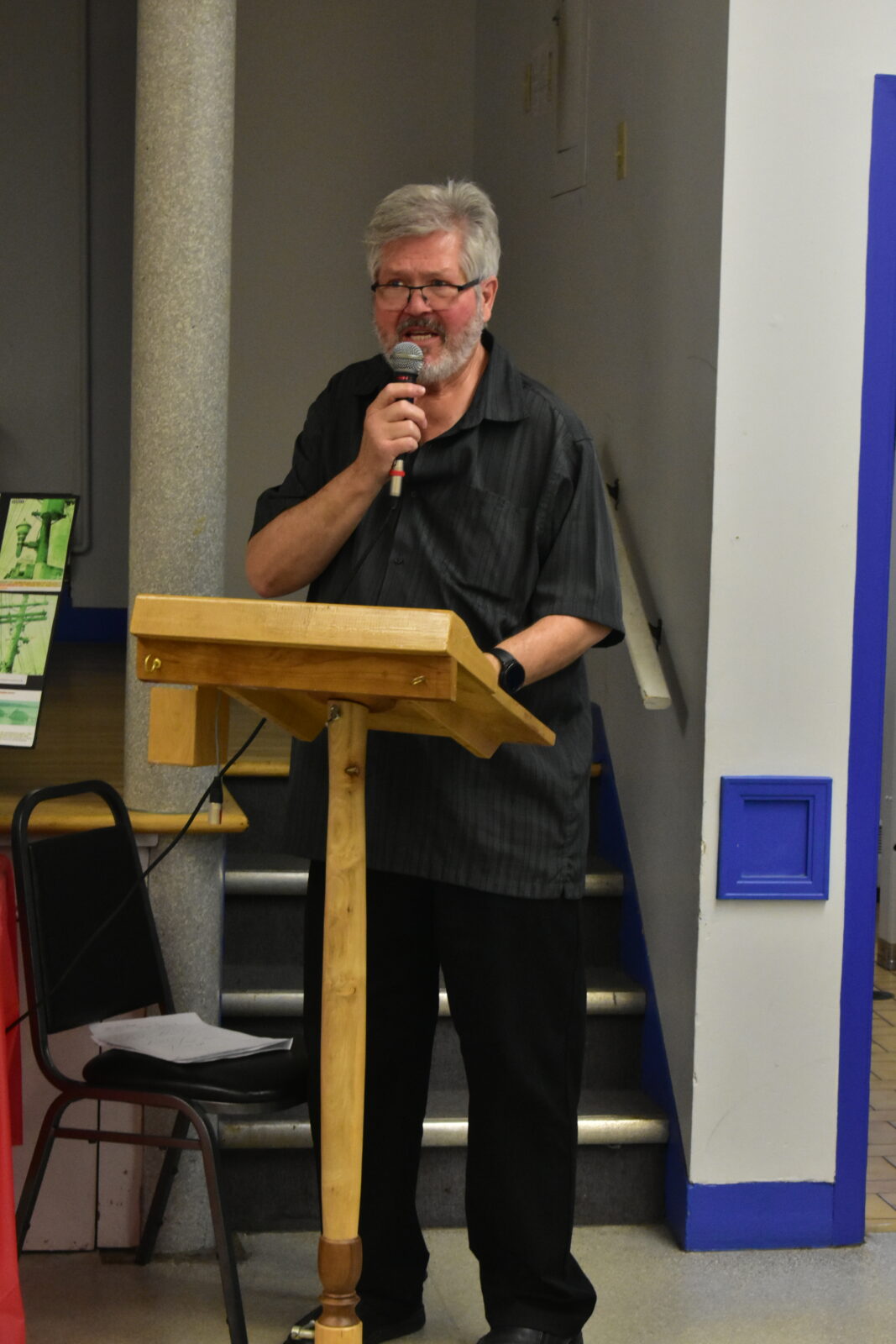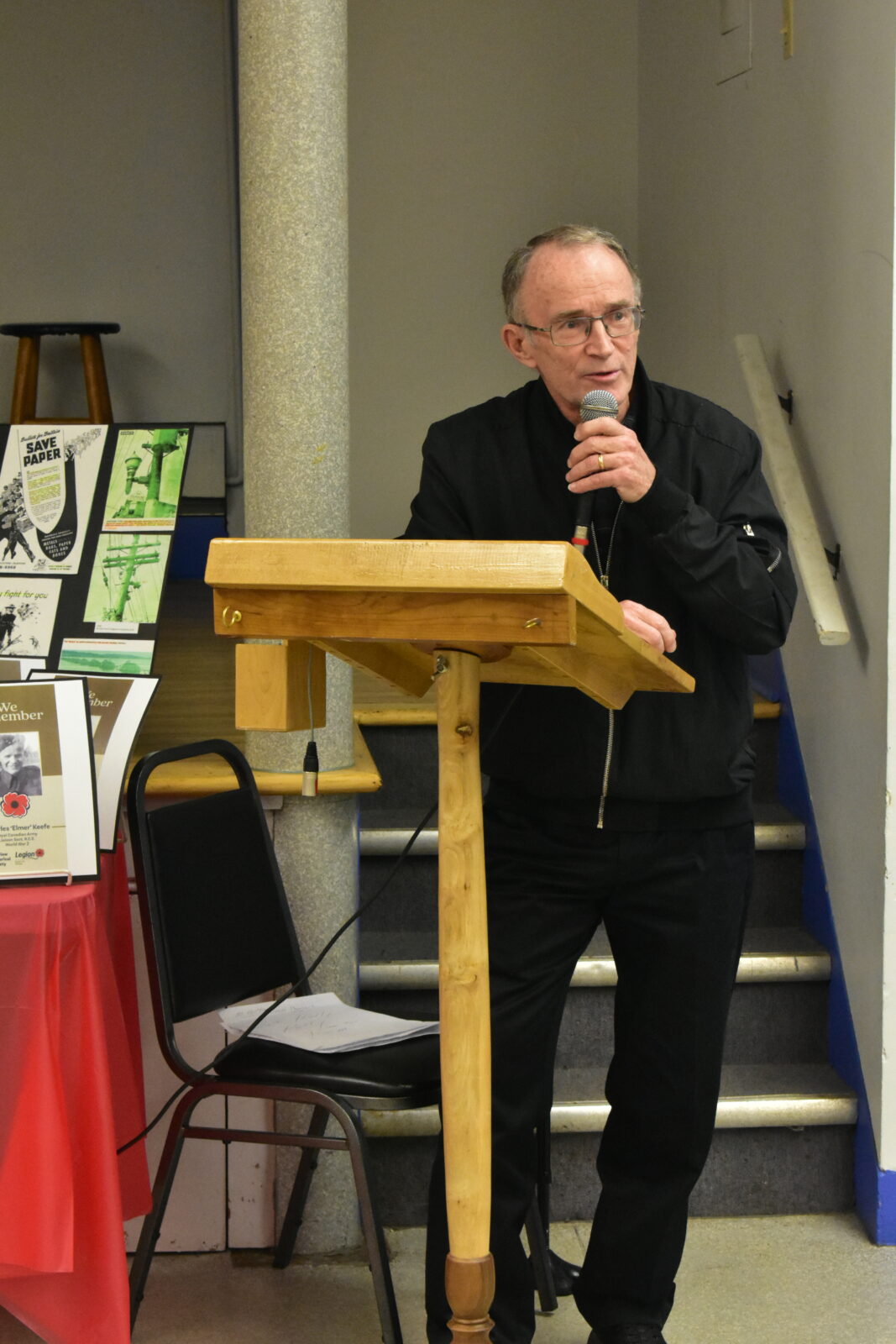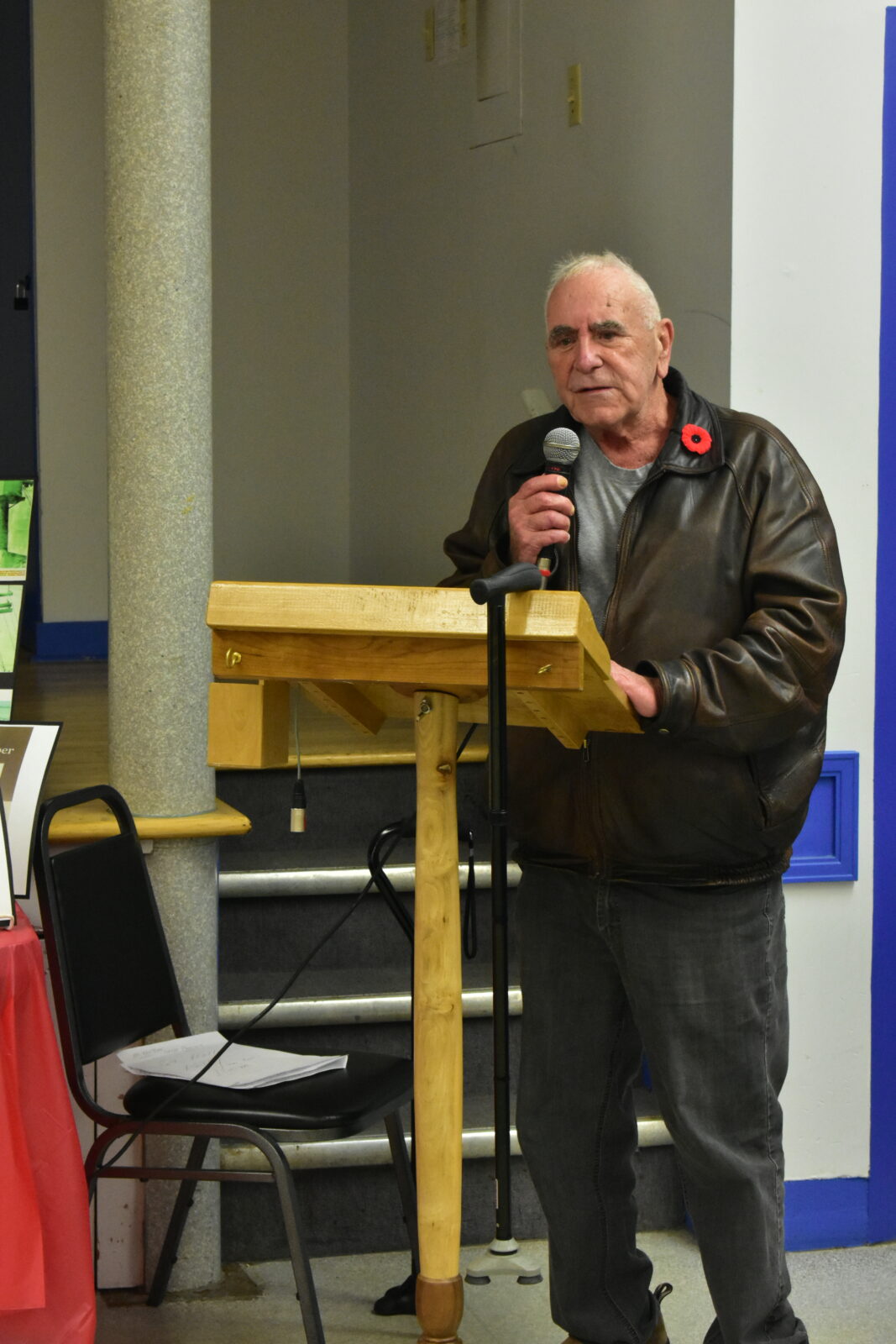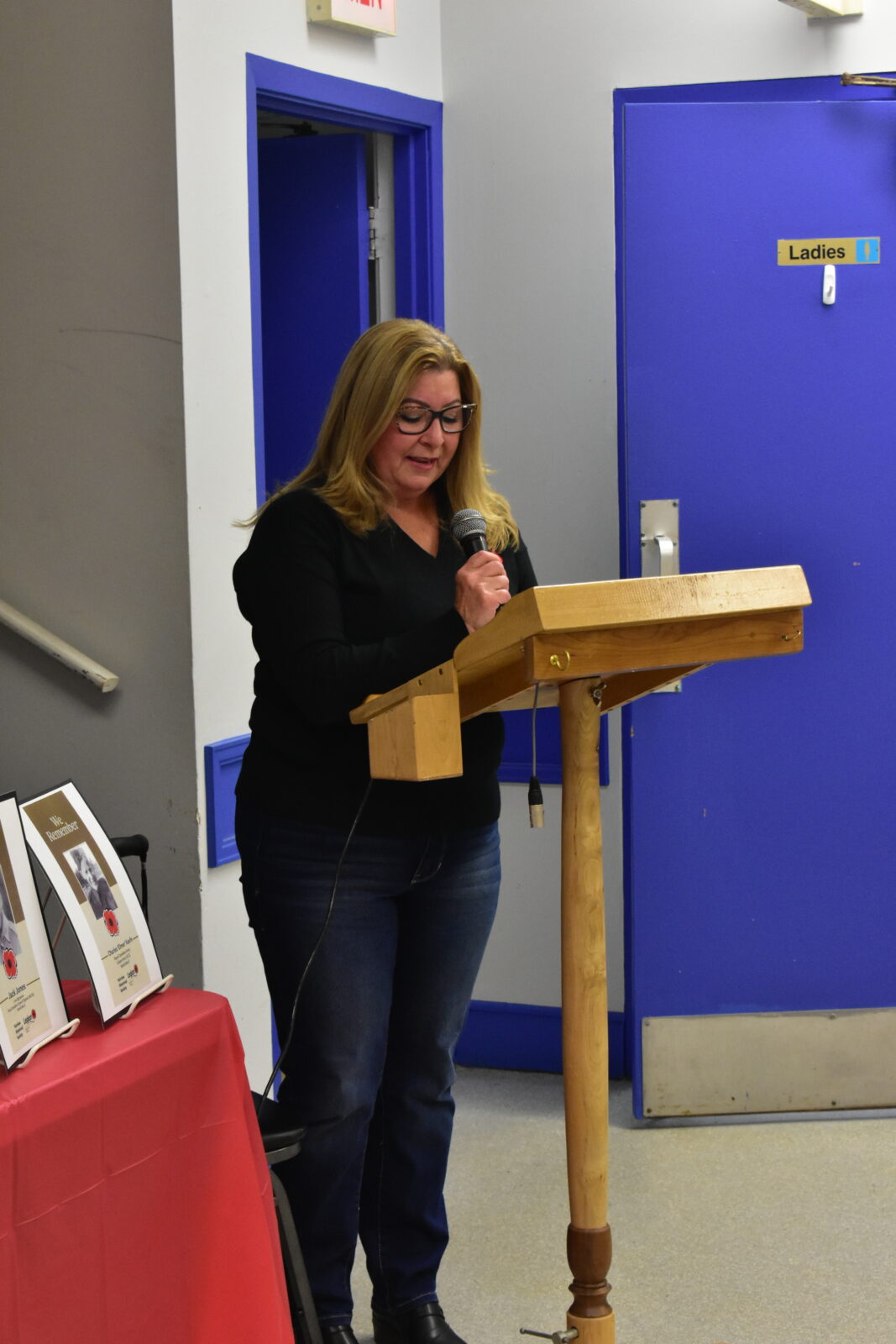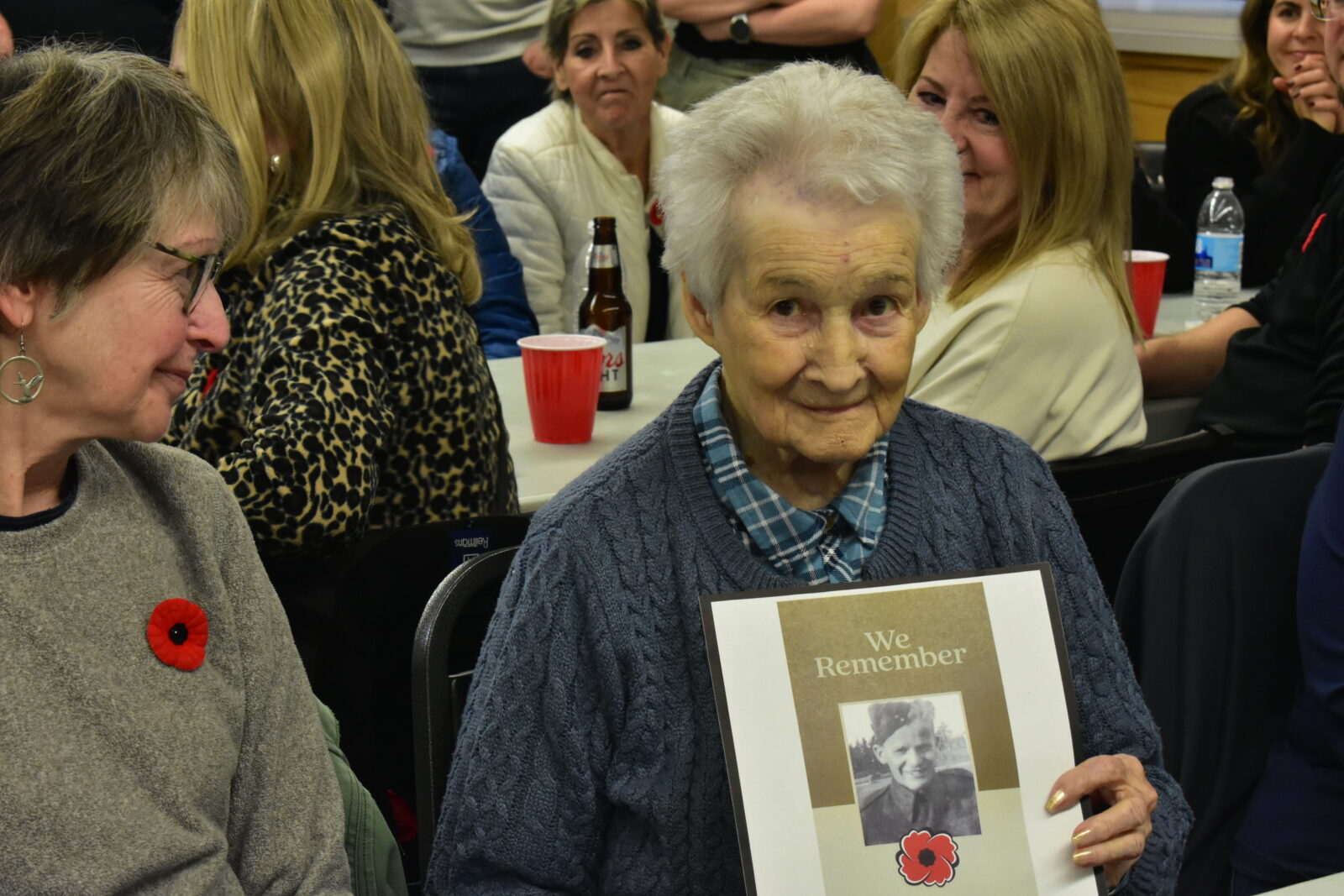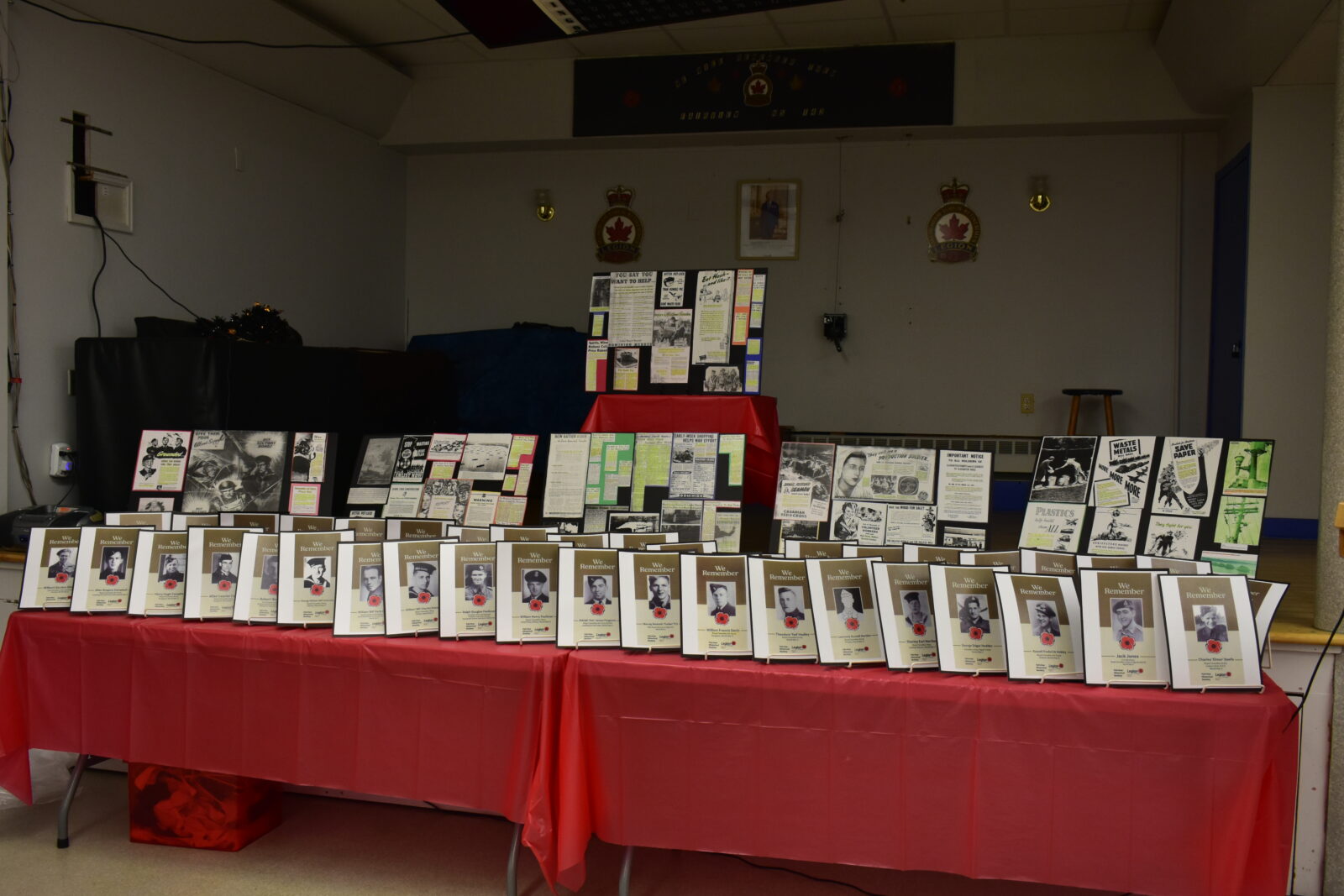Fairview Historical Society Articles Archives
Home – Articles – Videos – eBooks & PDFs – Local Authors – Sponsors – Contact
Andrew Downs Zoological Gardens
Submitted by Devonna Edwards
The Zoo was located on Dutch Village Road, today known as Joseph Howe Drive.
Andrew Downs was a naturalist, taxidermist and zoologist who established a zoo on his property in 1847. It began as a five-acre retreat for Maritime wildlife and soon gained international fame as the first of its kind in North America.
It was known worldwide as Walton, so named after Downs visit to Charles Waterton’s place at Walton Hall, England. Waterton, was a renowned naturalist who established the world’s first nature reserve. Downs zoo opened sixteen years before Central Park Zoo in New York and many years before other famous zoos opened in the United States.
Within fifteen years, the Downs Zoo had expanded to one hundred acres and included a museum, aquarium, and greenhouse. Animals were kept in their natural habitats and the property was laid out artistically with multitudes of flowers, planted inside the garden walls. Adding to the enchantment were ponds, fountains, artificial waterfalls and several rustic bridges that spanned ravines. Also included in this wonderland were live and stuffed animals and birds, as well as a vast collection of fish. Several exotic plants were displayed in a horticultural garden.
The big pond cascaded into a rocky basin that provided refreshment for the polar bear. The pond was fed by a stream from the hillside at the rear of the estate and all around there were footpaths, shrubbery, and flower gardens. There was even a weedy section for cranes.
 | Enclosures for Spanish, Mexican, Virginian and Canadian red deer were built, and a large area with trees for browsing was provided for moose. Other areas were created especially for elk and caribou and a black bear. Downs also kept seals in a wire enclosure at the zoo, which had a private swimming pool with running water. The smell of the sea sent out an irresistible call to them and once they escaped, flip flapping their way out of captivity, sliding down the hill and bumping along down Dutch Village Road (Joseph Howe Drive) towards the Northwest Arm and to the sea. But they didn’t quite make it; response to an alarm following the escape was speedier than they were. A fantastic and futuristic structure served as a greenhouse and aviary. It was constructed in vertical panels such that two thirds of the wall surface was translucent to a height of two stories with gables on front and south sides. It boasted a steeple of glass that rose twenty-seven feet to culminate in a parapet. In the house itself, hung many beautiful works of art, engravings, water colors, busts and case after case of birds, insects and such. The veranda and bay windows offered a magnificent view of the Northwest Arm with its bays, inlets and wooded hills. |
|---|
 | Andrew Downs was born to Scottish parents on September27, 1811, in New Brunswick, New York. He came to Halifax at the age of fourteen with his father and mother. Andrew began working as a plumber in Halifax, but his intense devotion to wildlife led him to the field of natural history. He was a taxidermist of remarkable skill, receiving many awards at exhibitions in Dublin, London and Paris. While travelling in Europe, Downs met leading scientists of his day and won their high regard. His fame reached Italy and King Victor Emmanuel bought many of Downs mounted specimens, as well as live specimens which he paid thousands of dollars for; Nova Scotian moose soon lived in sunny Italy under the King’s royal sponsorship. Downs’s polar bear was also eventually moved to Italy. Other European monarchs followed the example of the Italian king and placed orders with Downs. Large quantities of his specimens went to the great museums and private collections on both sides of the Atlantic and a number were incorporated in the Nova Scotia Museum of Natural History. Andrew Downs was a corresponding member of the Zoological Society of London and wrote a number of papers on birds and natural history. |
|---|
Other European monarchs followed the example of the Italian king and placed orders with Downs. Large quantities of his specimens went to the great museums and private collections on both sides of the Atlantic and a number were incorporated in the Nova Scotia Museum of Natural History. Andrew Downs was a corresponding member of the Zoological Society of London and wrote a number of papers on birds and natural history.
Several notable people visited Downs’s Zoo, including Prince Jerome Bonaparte, King Emmanuel’s daughter, Lord and Lady Falkland and the African explorer Captain Sir Richard Francis Burton.
The highest military and naval officers of the hemisphere, archbishops, judges and many other dignitaries also visited the zoo. When King Edward visited as the Prince of Wales, it was said that he dropped a white kid glove on the circular drive in front of the zoo. The glove was displayed at the Nova Scotia Museum for years afterwards. Also, while the prince was inspecting the grounds, he was especially attracted by some tiny California quail and told Downs that his mother would love to have some for the grounds of Windsor Castle. The wish was granted; Downs arranged with his royal quest to have several of the birds forwarded to Queen Victoria.
Walton Cottage was the most sought-after attraction for the people of Halifax. Many visitors, including hundreds of little children, arrived at the gates of Downs’s Zoological Gardens by way of boat excursions on the Northwest Arm or by horse. Families travelled out to visit the zoo, carrying their lunches in large baskets. They spent the afternoon gazing at parrots, monkeys and moose and by dusk, tired folks could be seen crossing the arm by ferry or trudging homeward by way of the Commons. It was a favourite place for Sunday School picnics as well.
 | The Zoological Gardens was a half-hour walk from the city, over the Commons and west towards the telegraph road to the crossroads at the head of the Northwest Arm. In those days, the Northwest Arm was one of the great features of the area and was always buzzing with activity. Since then, trees have grown and high buildings now obstruct the view of the entire length of the Arm. Andrew Downs sold his animals and grounds in 1867, after being offered the post of superintendent at the New York Zoo. However, because of a conflict with one of the zoo commissioners, he stayed in New York for only three months. He returned to Halifax and purchased new land adjoining his old estate, upon which he established a second but less extensive zoo. |
|---|
 | He died on August 26, 1892 at his home on Agricola Street in Halifax. The greater part of the acreage was gradually converted into residential properties. When Downs gave up his second zoo in 1872, the merchant Samuel A. White bought the southern part of his property and built a three-storey house called Rockwood on it. White sold nearly ten acres to Alexander Stephen in 1884. In 1891 a chimney spark set fire to Rockwood. A delay in getting fire apparatus to the scene forced fire fighters to pump the property dry. The fire was brought under control when another pond, one thousand feet away at Doull’s was used. The top floor and roof of the structure were destroyed. The estate passed to Captain William H. Smith whose widow sold it in 1906, at which time it was divided into two estates. The upper estate was taken by Sheet Harbour lumber merchant Daniel Chisholm, who stayed until 1946. The lower estate went to gunsmith and sporting goods dealer Thomas J. Egan who stayed until the 1960s. The Egan House was occupied by the Halifax Regional Municipality and apparently a ghost resided there. The ghost is a young woman dressed in a wedding gown and has been seen wandering the second floor by many employees of the building at that time. Some believe she is the ghost of a one-time resident, who died the night before her wedding and was buried in her wedding dress. Today the Halifax Regional Municipality building is now called the IWK’s Health Centre which has mental health and addiction services for adolescents. A wooded area which was once part of Andrew Downs Zoological Gardens property still remains today on Joseph Howe Drive. Also a cairn stands in front of the property to honour Andrew Downs and the site where he founded North America’s first Zoological Gardens. Walton Cottage was still standing in 2005 but was demolished shortly after. |
|---|
